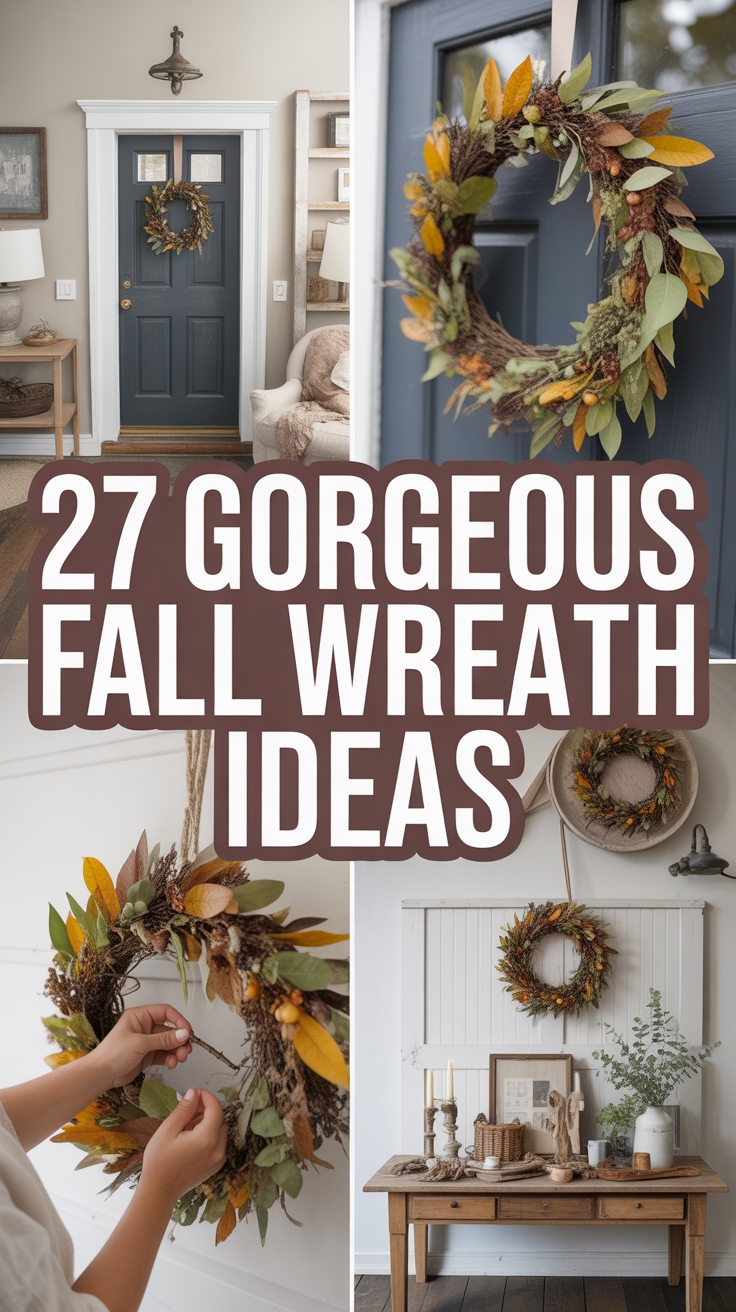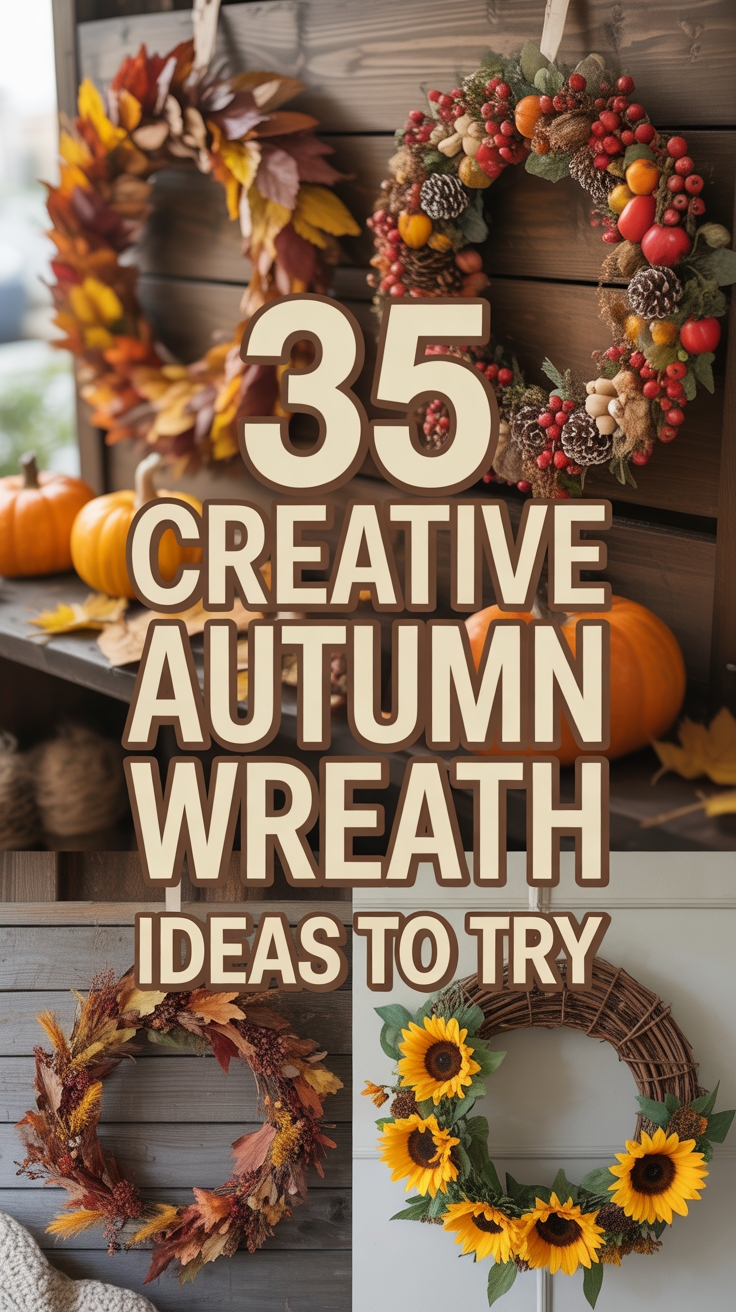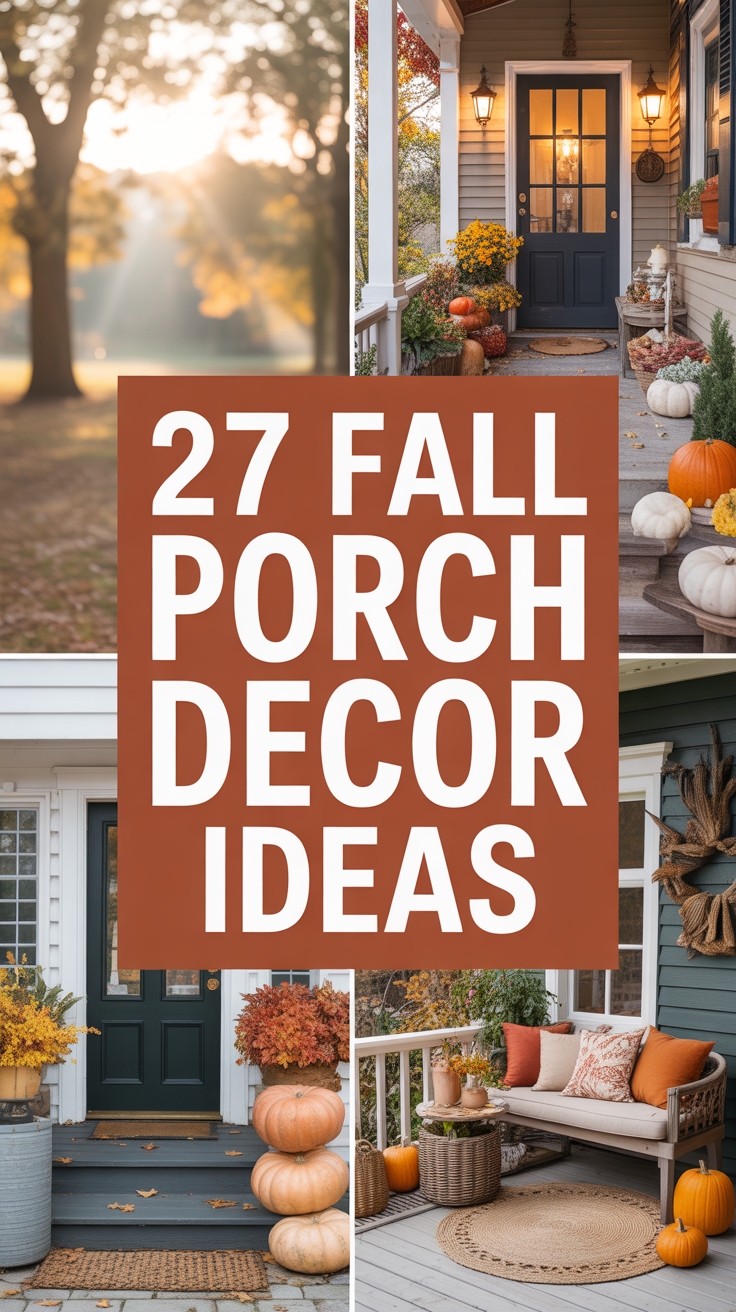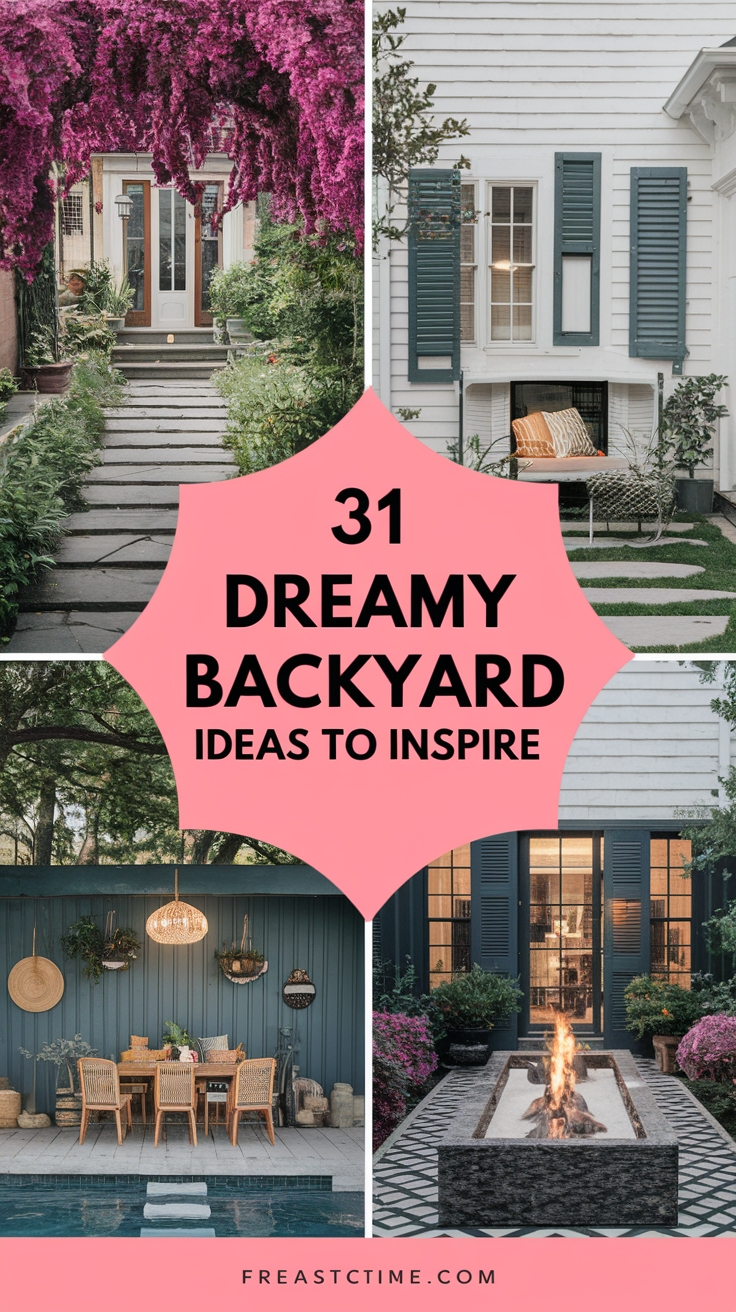32 Fun Garden Ideas for Toddlers
Have you ever wondered how to turn your yard into a magical garden paradise for your little ones? Transforming your outdoor space can spark your child’s creativity and nurture their love for nature. In this article, discover 32 great toddler garden ideas that not only solve your gardening challenges but also offer fun learning experiences right at home. Let’s get started on making your garden a place of wonder and exploration!
Shop Our Must-Haves
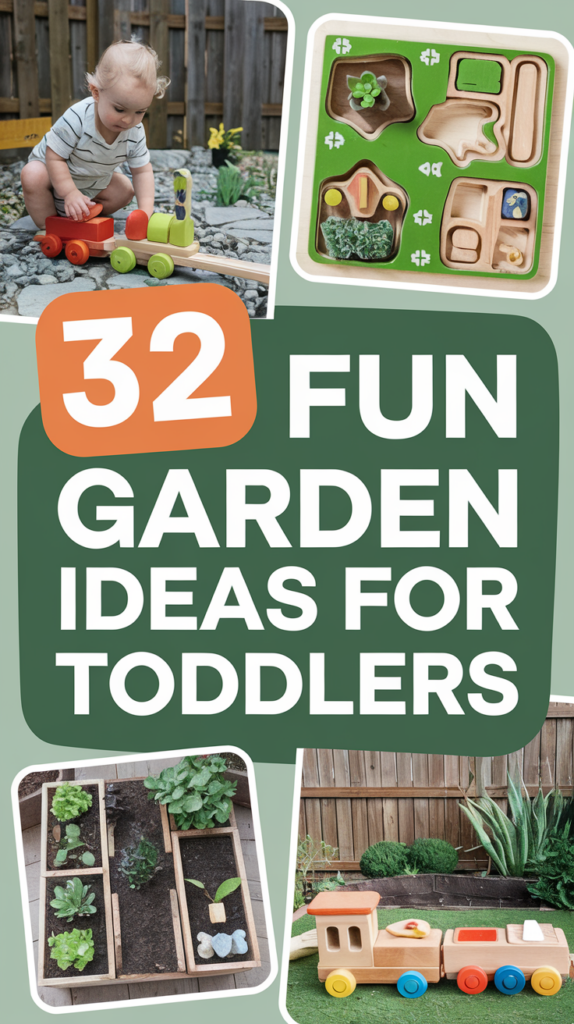
1 Garden Adventure Explorers

Set up a Garden Adventure Explorers area where toddlers can safely discover the wonders of nature. Create a small guided tour where kids can explore flowers, bugs, and plants.
Encourage kids to use their senses. Let them touch the petals of black-eyed Susans and smell the fresh herbs. Simple tools like magnifying glasses can help them closely observe insects and plant parts.
Provide a sturdy wooden stool for them to sit and watch nature in action, like bees visiting flowers. This rest spot helps them reflect and share their findings, boosting their confidence in identifying plants.
2 Toddler-Friendly Play Space
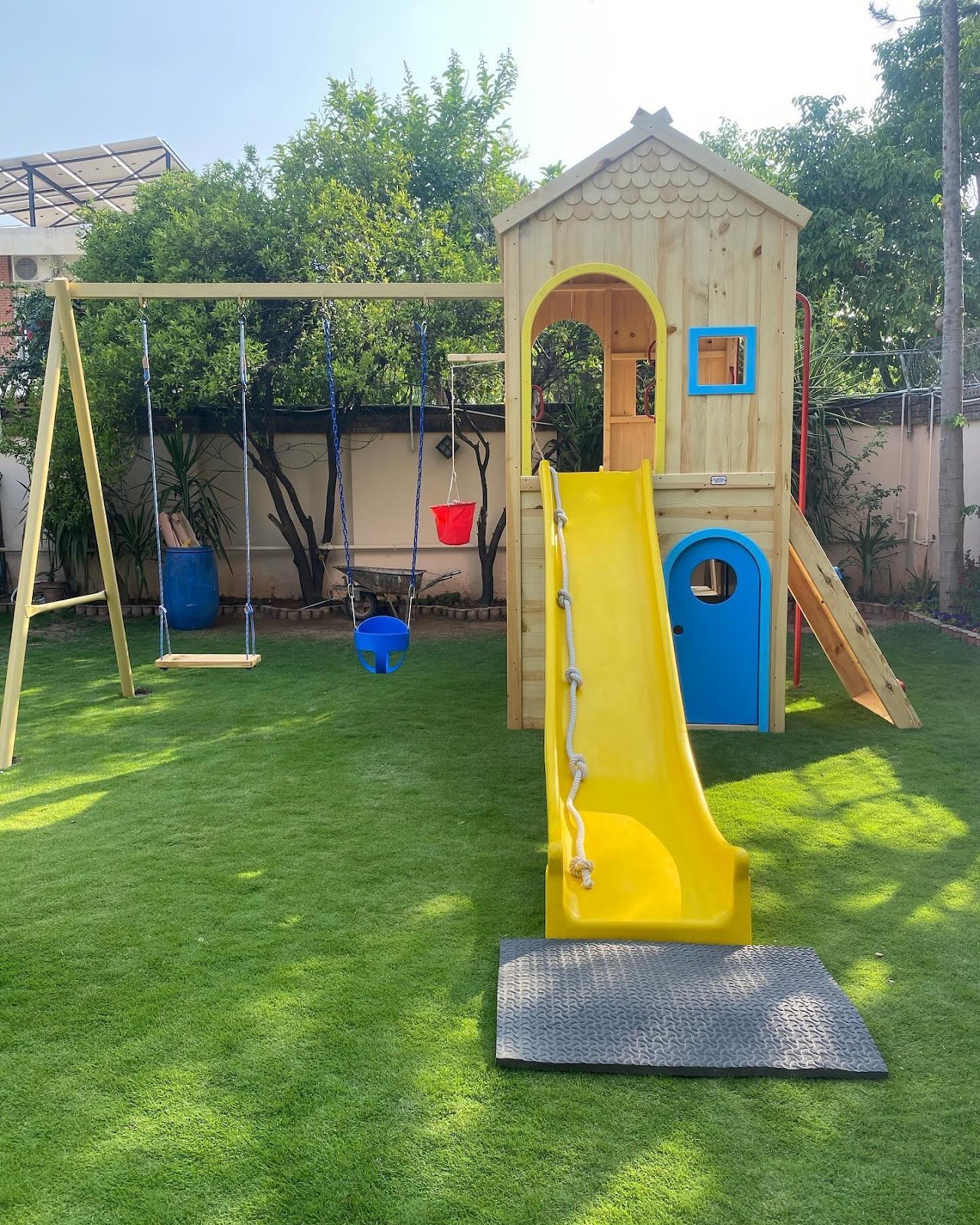
Creating a toddler-friendly play space in your garden can be a fun task! Start with a colorful playset that combines swings, slides, and climbing areas. This offers different activities for toddlers, boosting their gross motor skills and confidence as they play.
Consider a wooden playhouse with features like a bright yellow slide. It provides safe climbing and sliding options. Add various swing types to cater to toddlers of all ages, from baby swings to regular swings, allowing them to grow and play as they develop.
Make the area safe with soft artificial turf, which protects against falls while staying clean and green. You can also plant edible or flowering plants around the play area. This will teach your child to appreciate nature while they play!
3 Interactive Garden Play Area
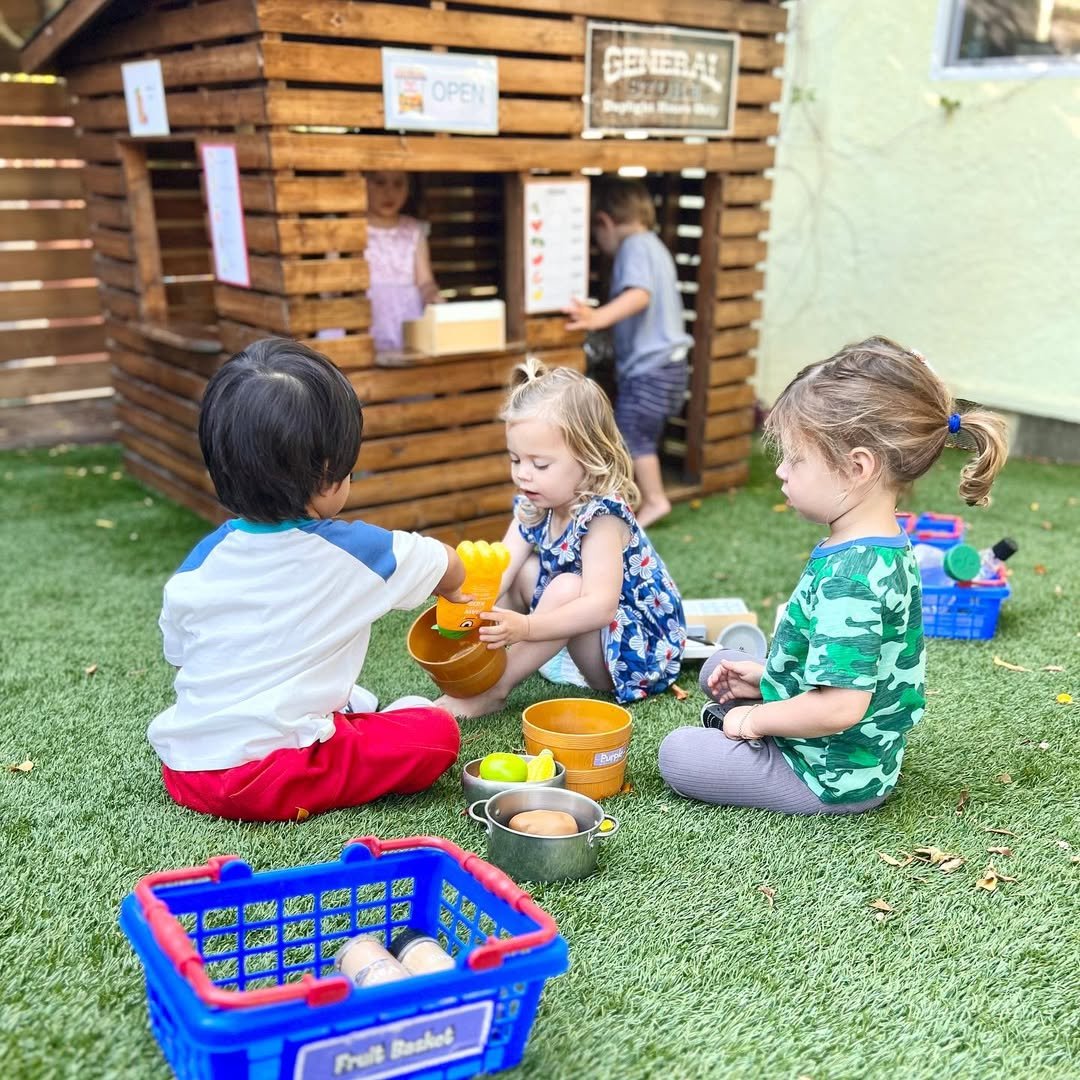
A garden play area offers an amazing chance for toddlers to learn while they play. Set up a pretend market where kids can act as shopkeepers and customers. Use realistic play fruits and vegetables to teach them about healthy food choices. This activity helps develop important social skills as they take turns and practice communication.
Include child-sized garden tools in the space. Kids can dig, plant, and “harvest” their play food, which helps improve their fine motor skills. For added fun, integrate a small sandbox filled with “soil” where they can explore and learn about planting seeds and caring for plants.
Position this interactive area close to your actual plants. As children play, they can see how gardens grow, making the connection between their make-believe world and the real one. This setup fosters curiosity and allows them to explore their environment in a fun, engaging way.
4 Toddler Gardening Exploration Kit
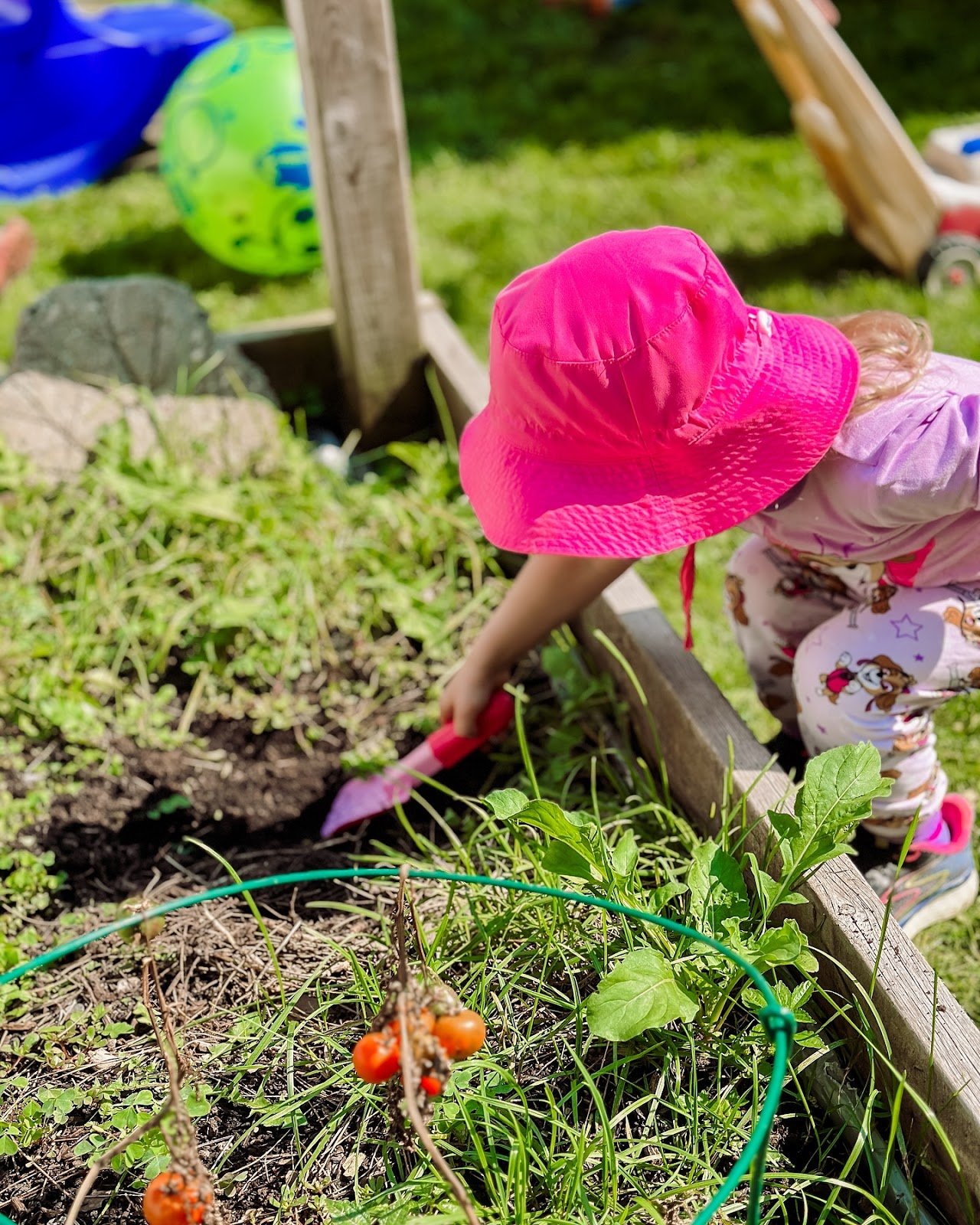
Create a Toddler Gardening Exploration Kit to spark your child’s love for nature! Start with a raised gardening bed that is the perfect height for little ones. This makes it easy for them to reach the soil without bending down, making gardening more enjoyable.
Include child-sized tools like a small trowel, watering can, and gloves. These teach kids how to handle equipment safely while developing their fine motor skills. Consider planting quick-growing items such as cherry tomatoes or sunflowers. They grow fast and provide colorful rewards that keep kids interested throughout the season.
Don’t forget sun protection! A fun sun hat will teach kids about safety while working outside. Let them feel the soil and observe insects to enhance their sensory awareness. Encouraging outdoor exploration can help children connect with nature in a fun and educational way.
5 Nature-Inspired Toddler Play Zone
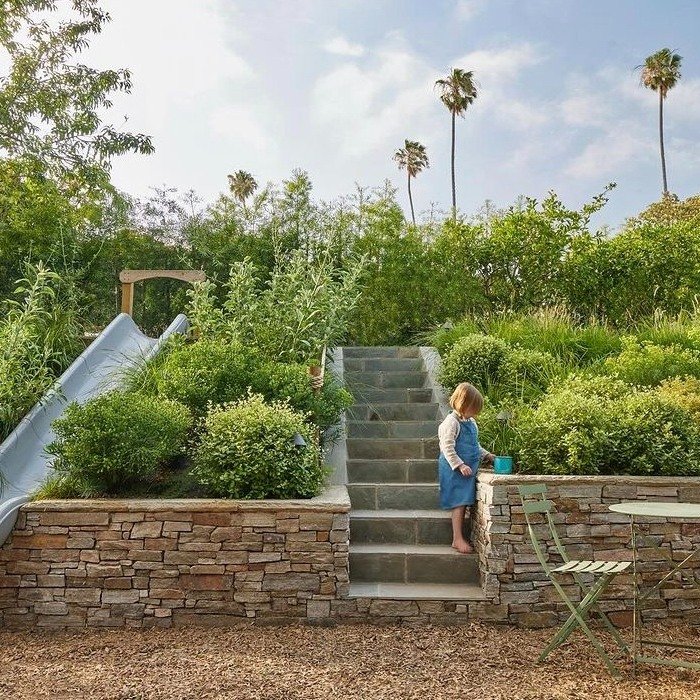
Create a nature-inspired play zone by transforming your yard into an adventurous paradise for toddlers. Use natural materials like stones and wood to build features that mix play with exploration.
Install small wooden bridges and sliding hills to enhance their play experience. These structures help toddlers develop their balance and coordination while they climb and slide. Surround these areas with soft, non-toxic plants that are safe for little hands and curious mouths.
Make sure to include shady spots under trees or umbrellas for breaks. Design this space to encourage independent play, allowing kids to discover and interact with nature while having fun!
6 Toddler Gardening Growth Hub
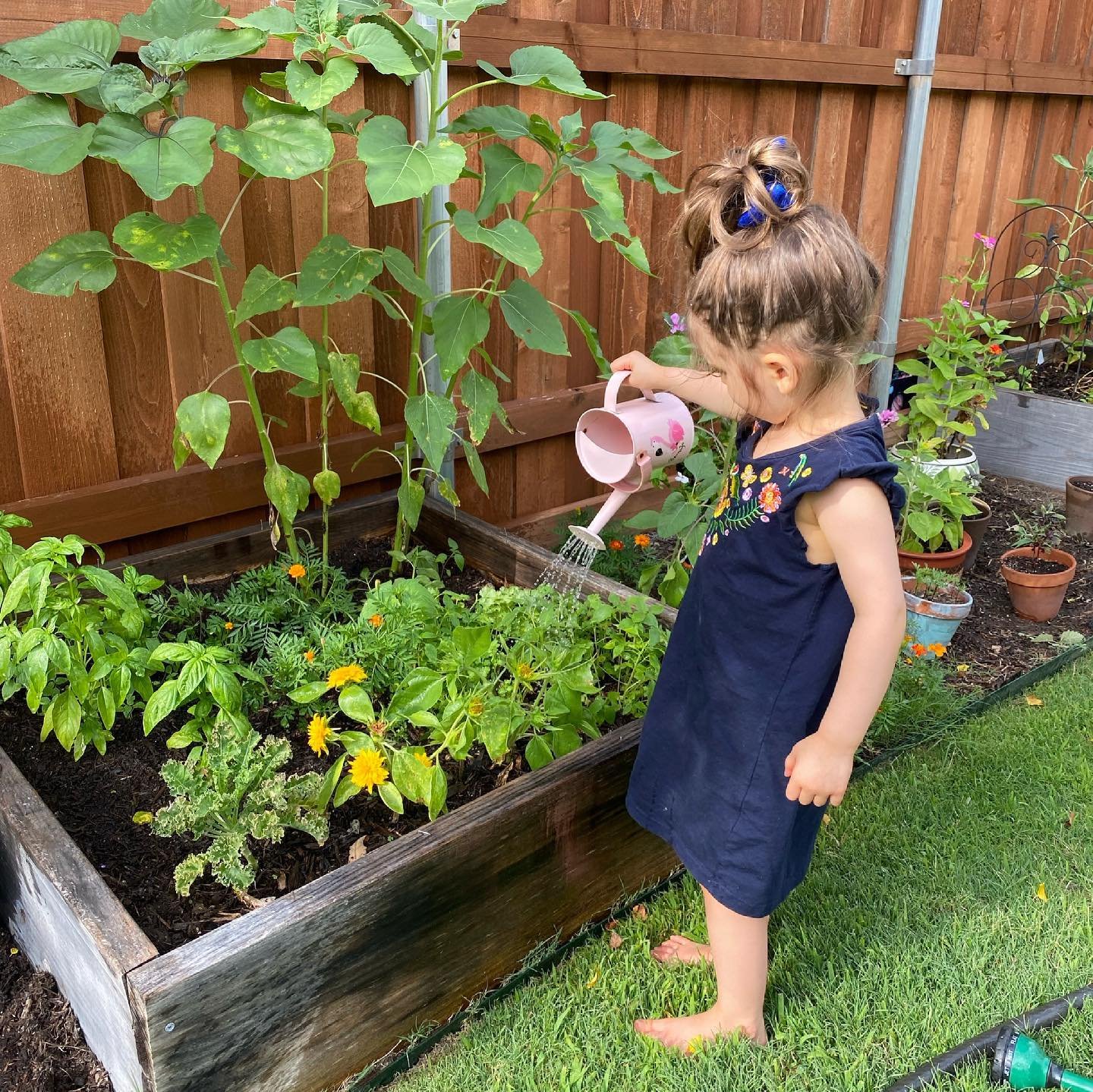
Creating a Toddler Gardening Growth Hub is a fantastic way to make gardening fun and educational. Start with a raised garden bed. This design helps keep the area safe and accessible for little hands. Your toddler can easily reach the plants, learning about garden structure and organization.
Choose a variety of plants like colorful flowers, fragrant herbs, and tasty vegetables. This diversity allows kids to explore different shapes and textures. Let them use a small, toddler-friendly watering can to practice pouring. This helps develop their motor skills and improves hand-eye coordination during garden tasks.
Position the garden near a lawn area. This setup creates a smooth transition from active play to quiet gardening. Kids can switch between running around and tending to plants, accommodating their changing energy levels. Encourage them to check on the plants daily, fostering a sense of responsibility for their green friends!
7 Serene Toddler Garden Retreat
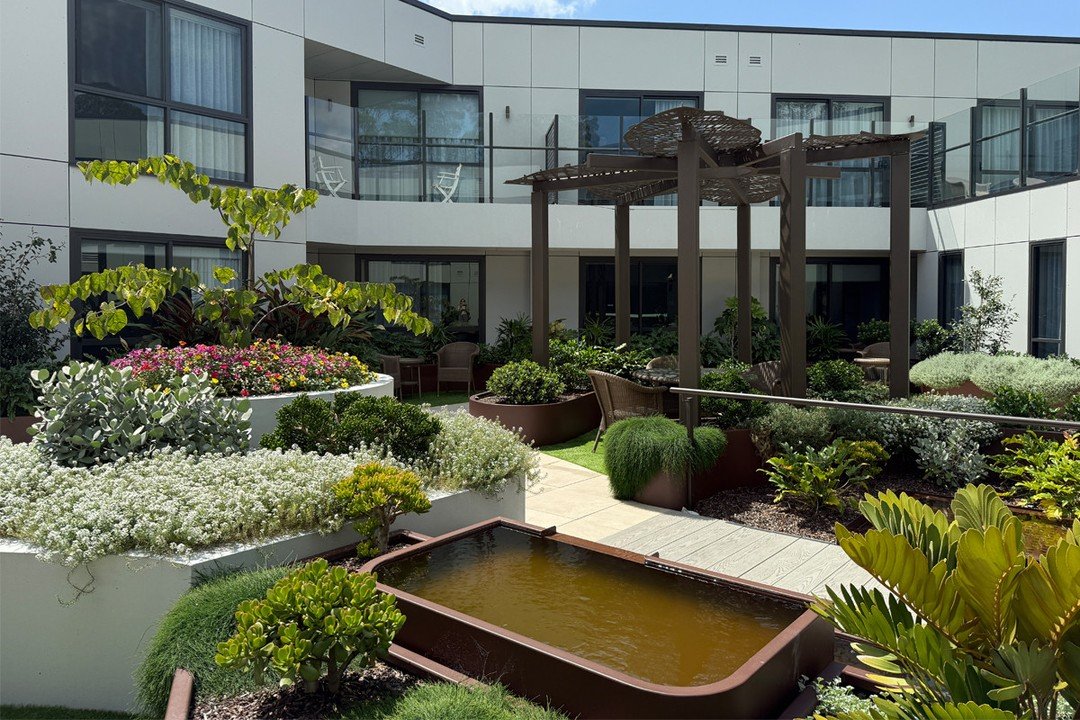
Creating a Serene Toddler Garden Retreat is a wonderful way to help young children connect with nature. Start by designing raised planter boxes filled with child-safe plants. Choose flowers and herbs that are safe to touch and smell, allowing toddlers to explore different textures and scents.
Include smooth pathways for easy movement. This not only keeps them safe while using push toys but also encourages physical development. A wooden pergola provides necessary shade, making playtime enjoyable. Adding a small water feature can teach toddlers about cause and effect through splashing and seeing how water flows.
Finally, incorporate benches or seating areas for adults. This allows you to comfortably supervise the kids while they play and develop their independence in this lovely garden space.
8 Gnome Tree Stump Magic
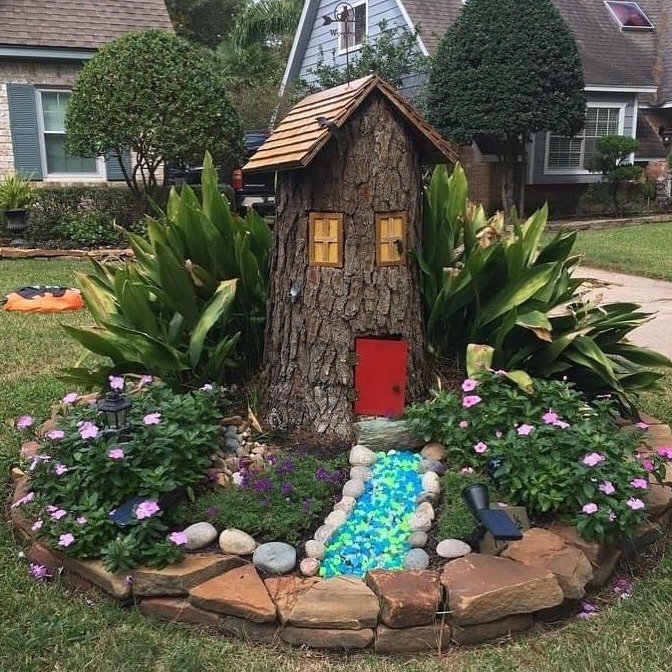
Turn an ordinary tree stump into a magical gnome home! Start by painting a bright red door and adding cute yellow window frames. This eye-catching detail makes the stump the perfect spot for storytelling and imaginative play. Kids can create their own tales of gnomes and fairies while learning creativity.
Surround your gnome stump with colorful flowers. These plants not only look beautiful but also offer sensory experiences with their different colors and textures. Kids will learn about plant lifecycles as they see growth and change throughout the seasons.
Place blue glass pebbles nearby to mimic a tiny stream. This feature encourages water play with toy boats or figurines. Add a stone border around the area to define the space, making it easier for kids to understand their garden. It creates a cozy nook for sitting and enjoying the magic of nature!
9 Cozy Outdoor Reading Retreat
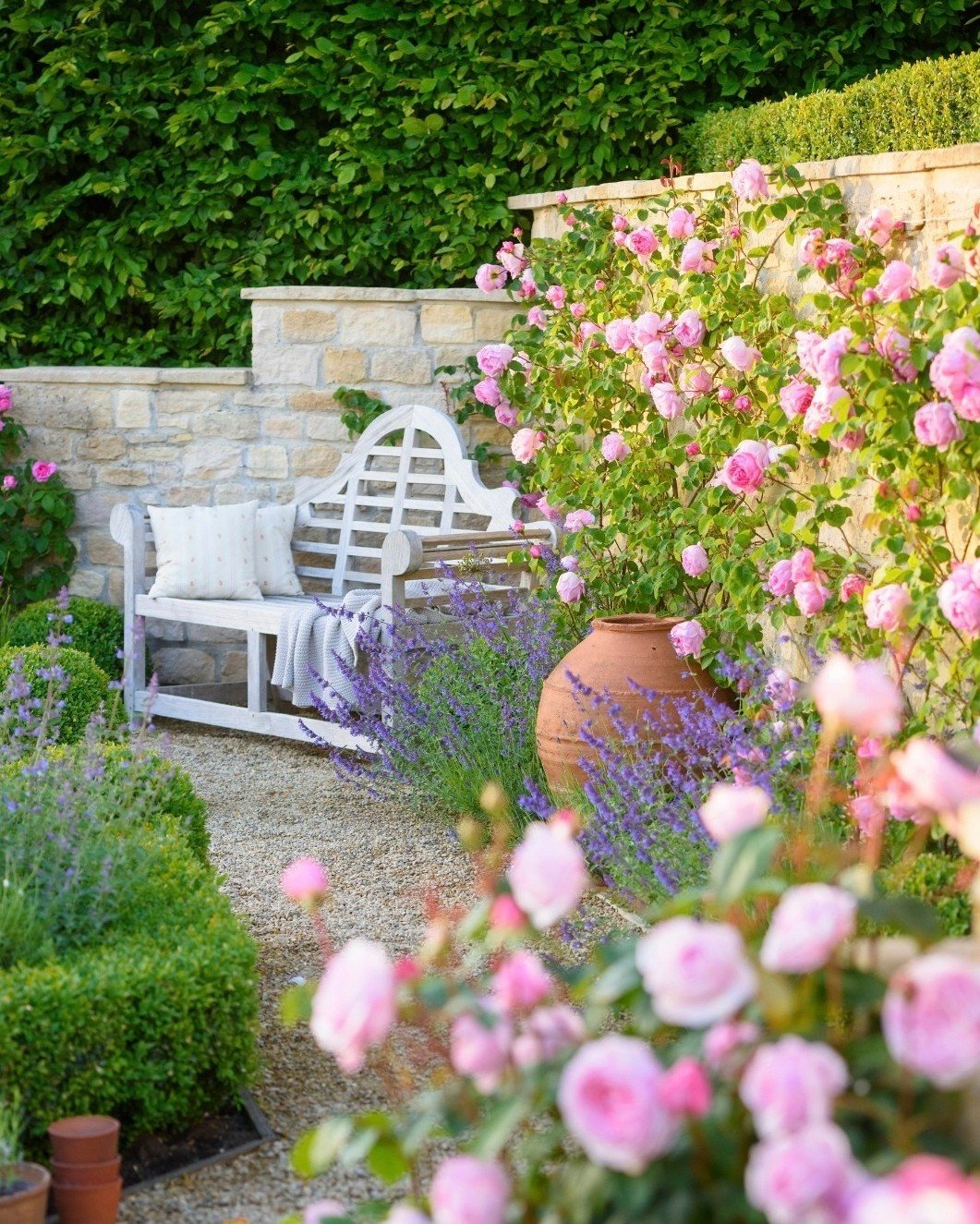
Create a cozy outdoor reading retreat in your garden that sparks imagination and encourages a love for books. Start by choosing a comfortable seating area where both kids and adults can sit together. Consider adding a shady bench or a few cushions on the grass. This space can be surrounded by colorful flowers and fragrant herbs, making reading an enjoyable sensory experience.
Plant toddler-friendly flowers, like sunflowers and marigolds, which are not only bright but also attract butterflies and bees. This helps children learn about nature while enjoying their stories. To protect this nook from the wind, a simple stone wall can create a cozy microclimate, making it more inviting in all seasons.
Keep a selection of seasonal books nearby that relate to what’s happening in the garden. Choose titles about blooming flowers in spring or exploring insects in summer. This connection between reading and the outdoors will make storytime an exciting adventure for your little ones.
10 Enchanted Fairy Garden Delight
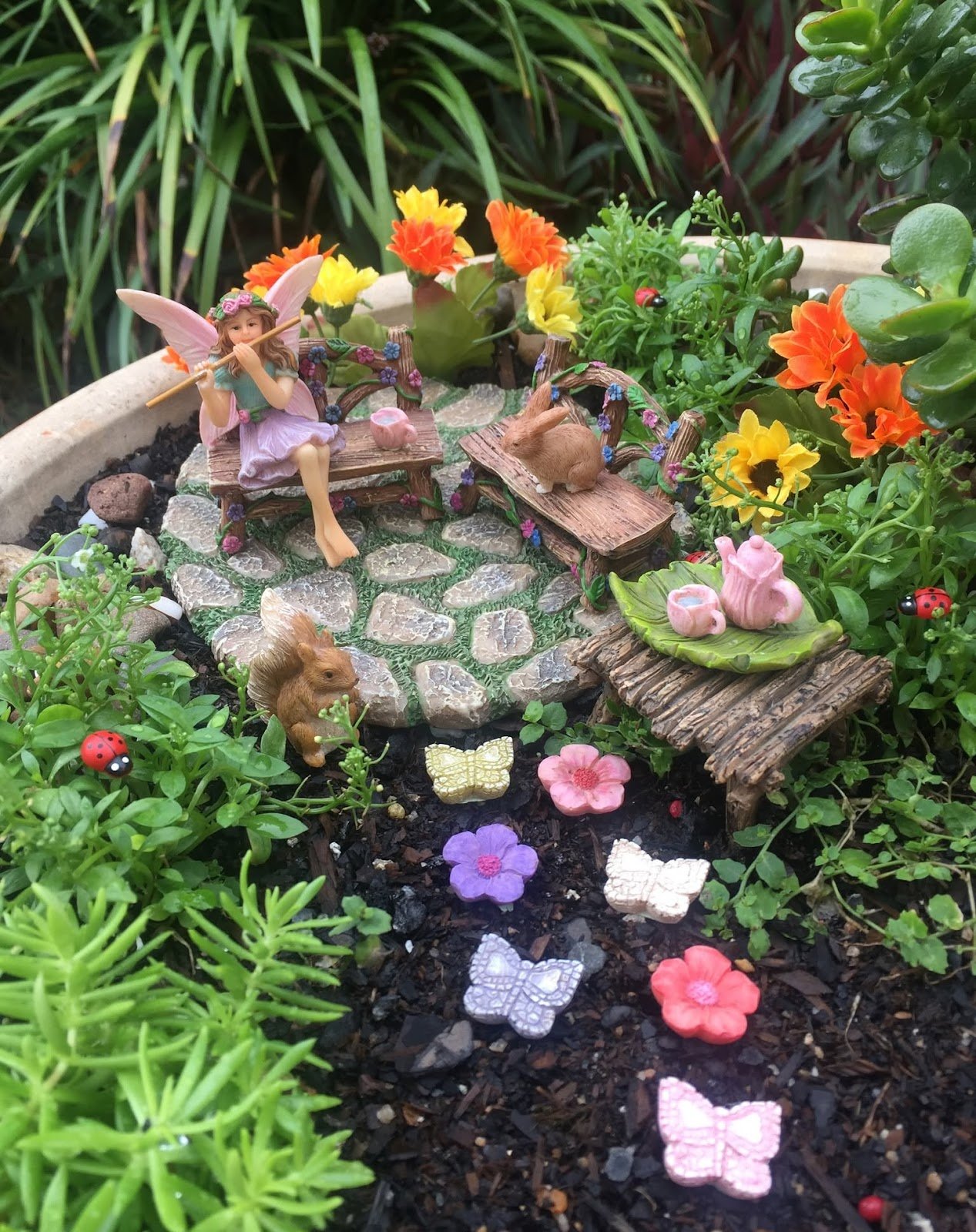
Create a fairy garden that sparks your toddler’s imagination! Start with a small pot or a container filled with soil. Choose bright flowers like marigolds or daisies to make the garden colorful and inviting.
Add miniature furniture like tiny chairs, tables, and whimsical characters. These accessories can encourage play and help develop fine motor skills as your child arranges them. Don’t forget to include natural elements like pebbles or sticks to create paths, which can lead to fun counting activities.
This enchanting activity not only provides a hands-on learning experience but also allows for sensory exploration with different textures. Set it up indoors or on a balcony for a magical greenery experience!
11 Whimsical Pallet Fairy Garden
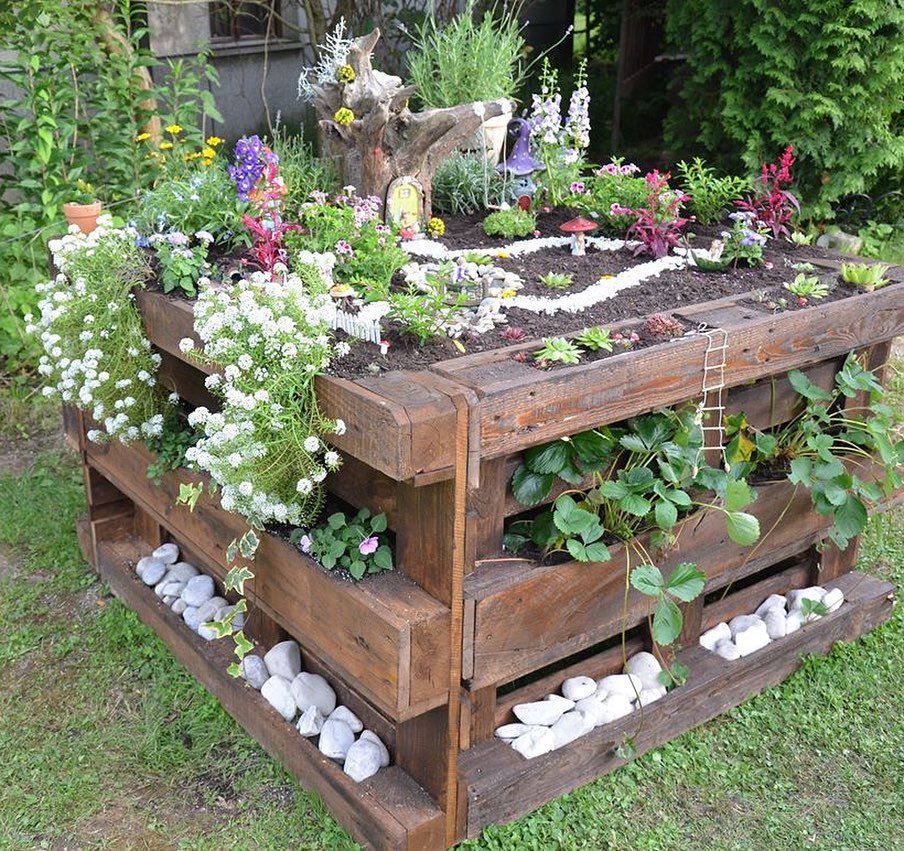
Create a whimsical pallet fairy garden using an old wooden pallet. This fun project turns a simple item into a magical mini world for toddlers. Start by laying the pallet flat and filling each section with soil. Let kids choose a variety of colorful plants, like succulents and small flowers, to plant in different spots.
Add white pebble pathways to guide little feet through the garden. Decorate with tiny fairy figurines, colorful stones, and even a miniature ladder! These tiny details not only spark imagination but also help toddlers develop fine motor skills as they explore and arrange the elements.
Encourage them to observe how plants grow and change, teaching them about colors, textures, and blooming cycles. This enchanting space will surely become a favorite spot for creativity and learning.
12 Charming Playhouse Garden Oasis
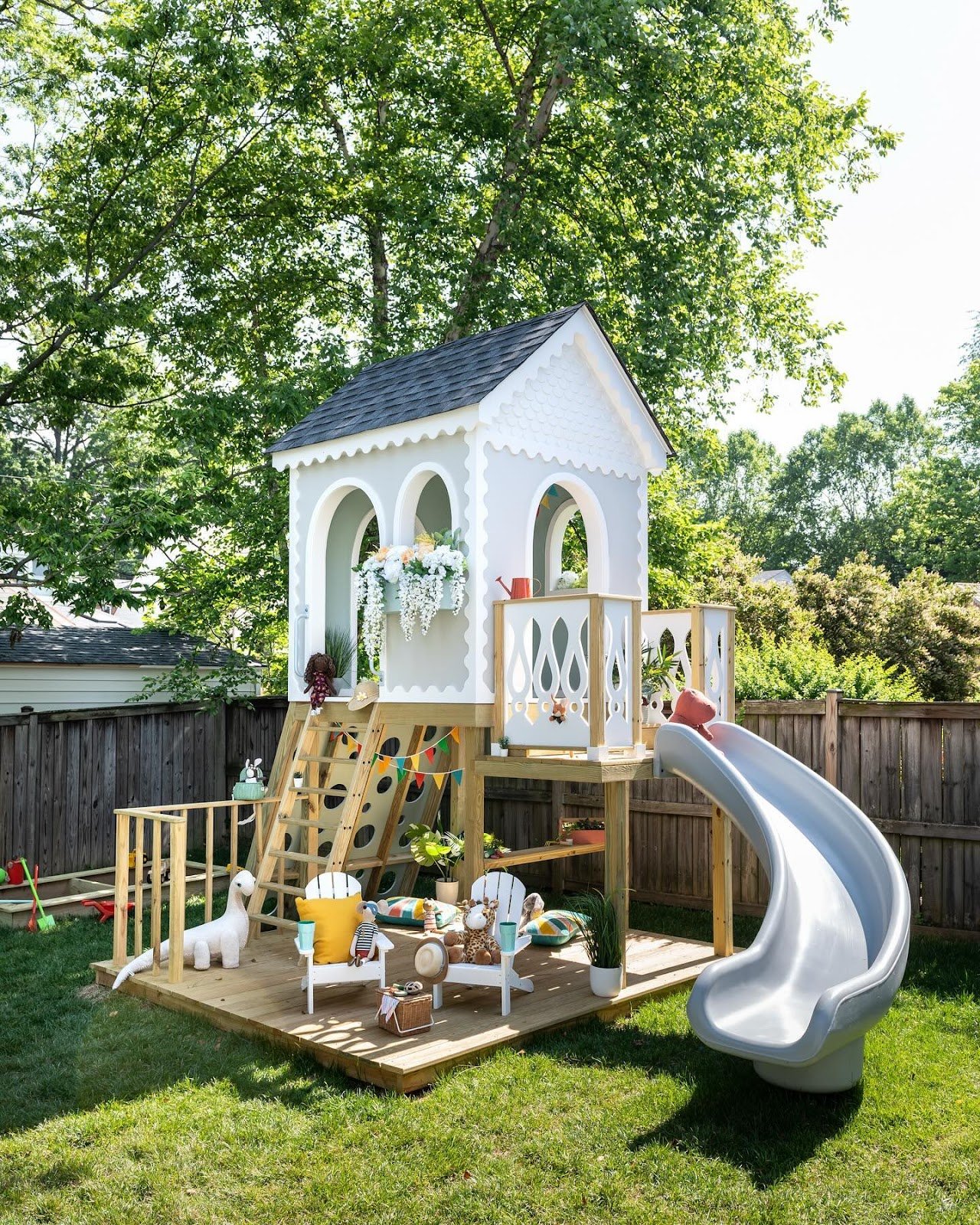
Transform your backyard into a magical playhouse garden oasis that sparks joy and creativity for toddlers. An elevated playhouse can serve as the perfect spot for imaginative adventures. Choose a design with arched windows and decorative details to inspire your child’s dreams.
Incorporate fun features like slides and climbing walls to help your little ones build their gross motor skills. Add flower boxes where they can plant seeds and watch flowers grow. This introduces them to plant care while also beautifying the space.
Create a cozy seating area underneath the playhouse. This can be a perfect reading nook for quiet time or a space where families gather for outdoor fun. Keep the playhouse within a fenced yard to ensure safety, allowing toddlers to explore their independence while you watch nearby.
13 Vibrant Sensory Garden Oasis
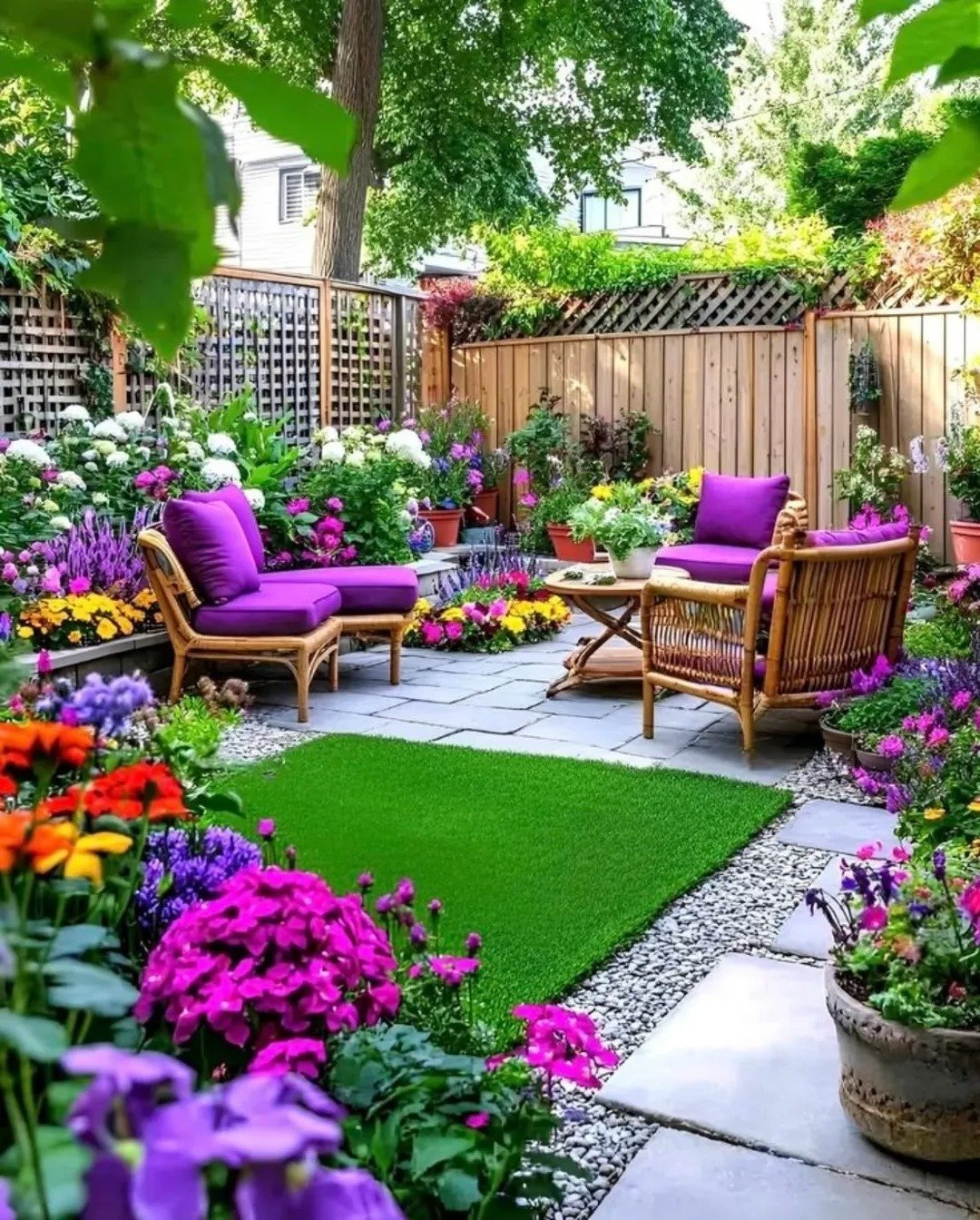
Creating a vibrant sensory garden oasis can turn any backyard into a delightful learning space for toddlers. Use a mix of colorful flowers like purple, yellow, and pink to create a beautiful scene. This helps children learn about colors and attracts buzzing pollinators like butterflies and bees, making it a great way for kids to observe nature.
Design paths with different materials like smooth stones, soft grass, and rough bark. This introduces toddlers to various textures while they practice walking and balancing. Plus, include a small lawn area where children can safely explore and feel the differences between surfaces.
Add container plants at different heights so toddlers can explore and learn. As they grow, they’ll notice how the plants change, encouraging curiosity and discovery in their garden oasis.
14 Toddler-Friendly Vegetable Patch
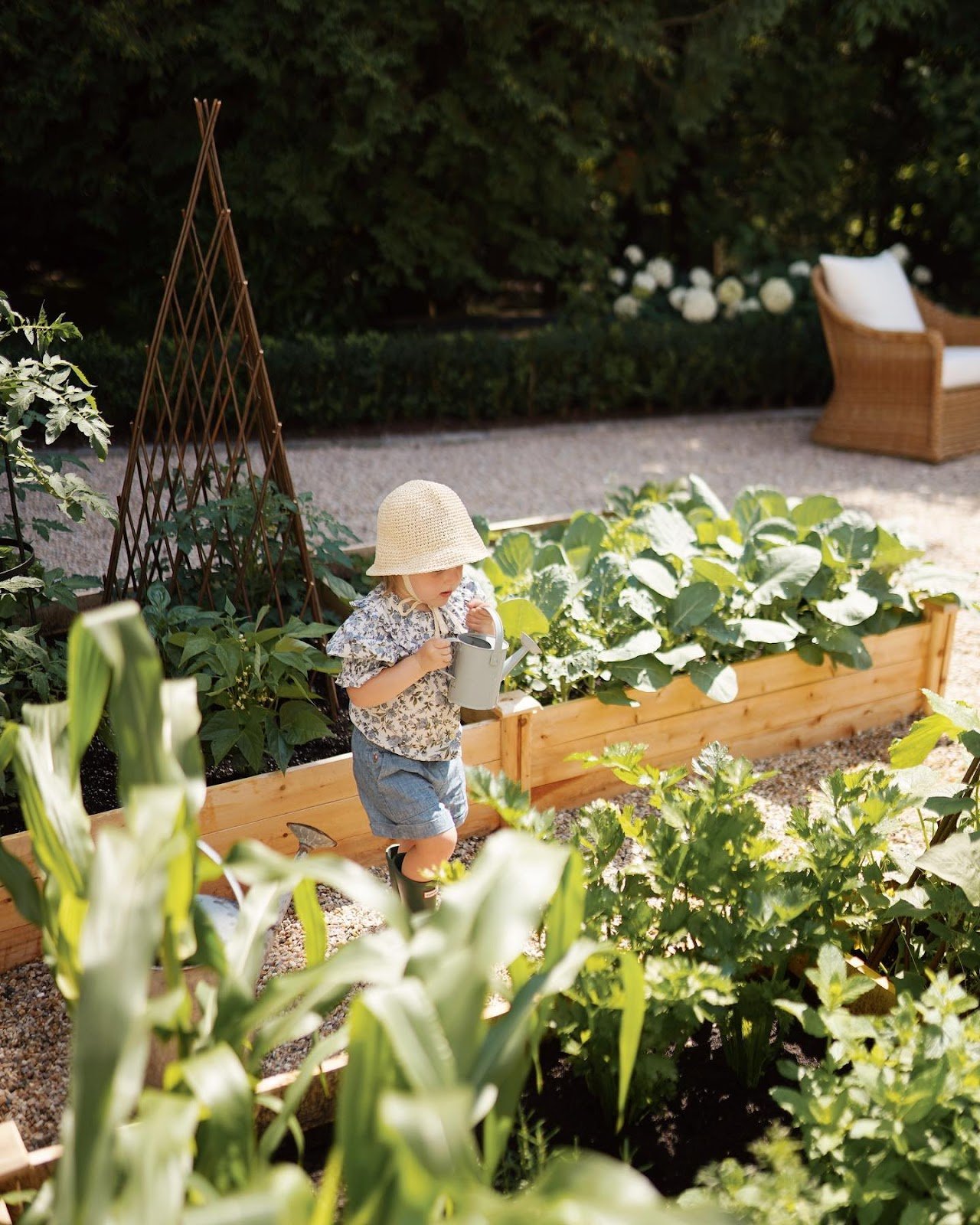
Creating a toddler-friendly vegetable patch is a fun way to introduce your little ones to gardening. Use raised beds that are just the right height for kids. This allows them to reach their plants easily and become more involved in caring for them.
Choose easy-to-grow vegetables like carrots, radishes, and cherry tomatoes. These plants grow quickly and provide a sense of accomplishment. Make sure to set up wide paths so toddlers can move around safely without tripping.
Add some wooden trellises for climbing plants like peas or beans. This not only creates vertical interest but helps toddlers understand how plants grow. Position some seating nearby so adults can relax while keeping an eye on the kids, making gardening a fun family activity!
15 Family-Friendly Garden Oasis
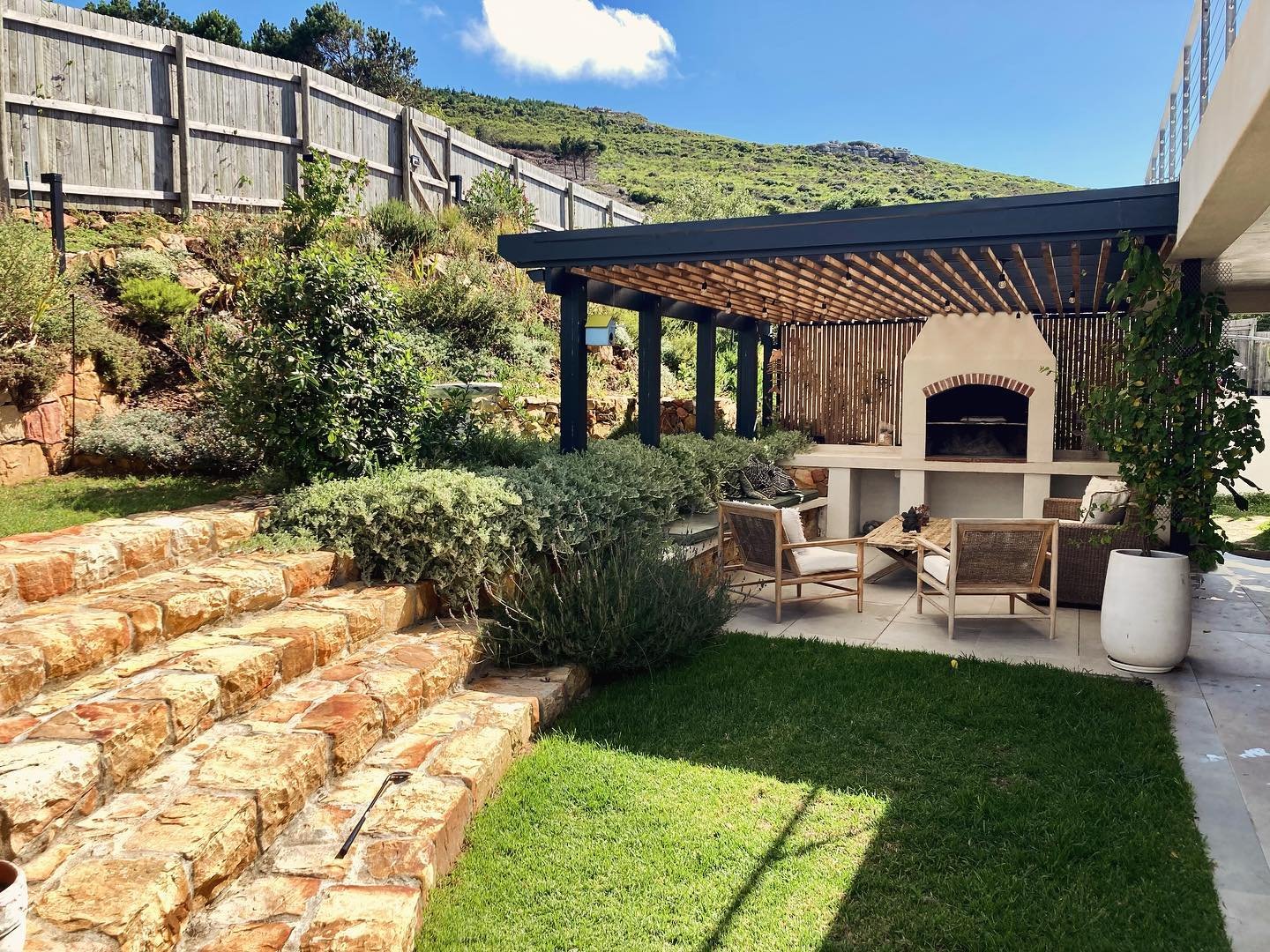
Creating a family-friendly garden oasis is all about balancing play and relaxation. Consider using multi-level areas where kids can explore without getting bored. Think of a section with soft grass for crawling and walking, plus a patio for push toys and bikes.
Add features like a pergola for partial shade. This helps protect your little ones from too much sun while letting plants grow beautifully. Use child-friendly herbs around the edges. Plants like lavender and mint can spark curiosity with their scents and textures.
Don’t forget to place comfortable seating for adults within easy view of kids’ play areas. You can relax while keeping an eye on your toddlers, making the garden enjoyable for everyone!
16 Magical Mushroom Wonderland
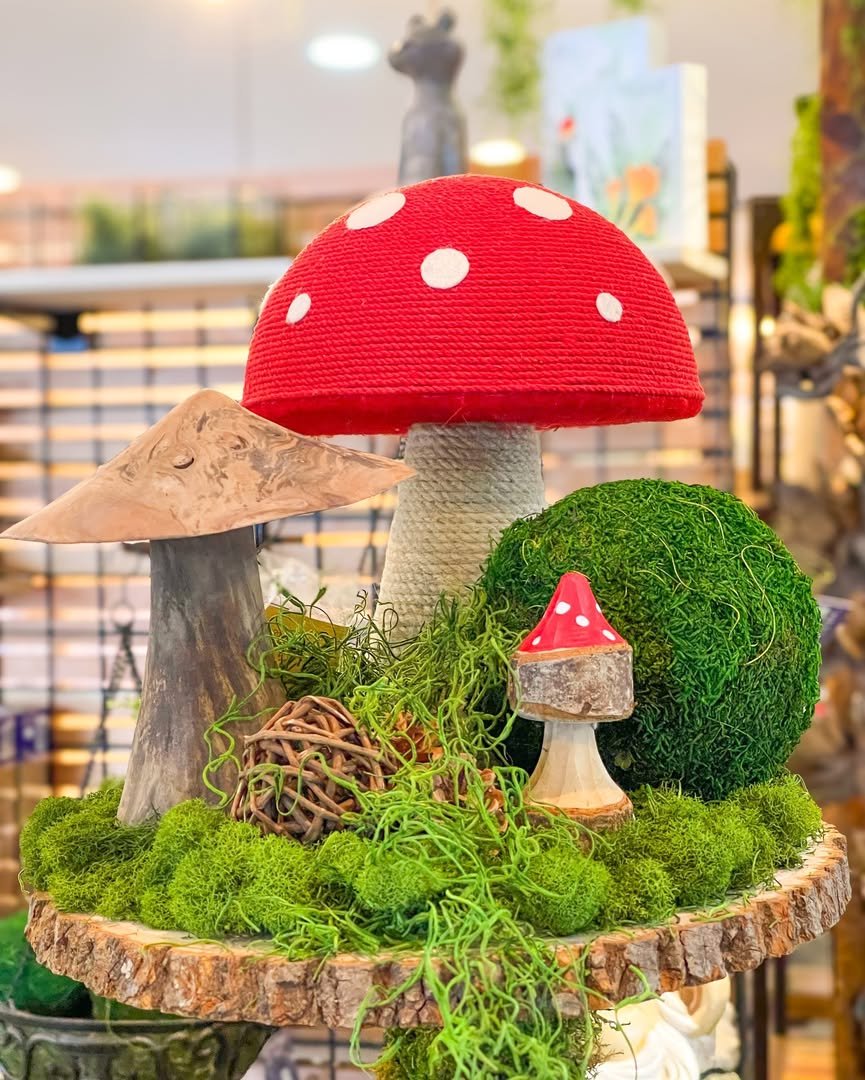
Create a Magical Mushroom Wonderland that transforms any space into an enchanting fairy garden. Start with an oversized toadstool as the centerpiece, surrounded by smaller, colorful mushrooms. Use vivid colors like bright red and white to capture your toddler’s attention and spark their imagination.
Incorporate natural materials like moss, wood slices, and pebbles to add fascinating textures for sensory play. These elements are not only durable but also safe for little hands. This magical setup can be placed indoors or outdoors, making it perfect for small apartments or yards.
Use storytelling to make the garden come alive. Explain how the mushrooms are homes for fairies or how they grow in the wild. This experience helps teach toddlers about nature, growth, and the joy of creative play.
17 Sensory Garden Adventure Path

Create a fun sensory garden adventure path that invites toddlers to explore with their senses! Start with a curved stone walkway that meanders through the garden. This makes it exciting for little feet to discover different textures, colors, and scents.
Add a variety of vibrant flowers planted at different heights. This not only grabs attention but teaches kids about plant diversity and the changing colors of the seasons. For safety, ensure the path is wide and stable for easy navigation.
Along the borders, include decorative elements like soft grasses or textured rocks. These are perfect for counting games, color identification, and exploring different feels. By layering plants, toddlers will learn about how different species thrive together, introducing them to the wonders of garden ecosystems in a playful way!
18 Magical Fairy Garden Playground

Create a Magical Fairy Garden Playground that can spark your toddler’s imagination! Start with a small area in your garden and fill it with miniature fairy houses and figurines. Use moss as a natural ground cover to give it a whimsical look. Add decorations like tiny bridges, flower crowns, or even sparkling stones to make it enchanting.
Place fairy characters throughout the garden. This encourages storytelling, helping toddlers develop their language skills. Let them create stories about the fairies and their adventures. Adding interactive elements, such as doors that open or movable figures, improves fine motor skills.
This fairy garden can be moved inside if the weather gets bad. Just relocate it to a covered porch or even a cozy nook inside. That way, your little one has access to a magical world all year round!
19 Toddler-Friendly Herb Garden Layout
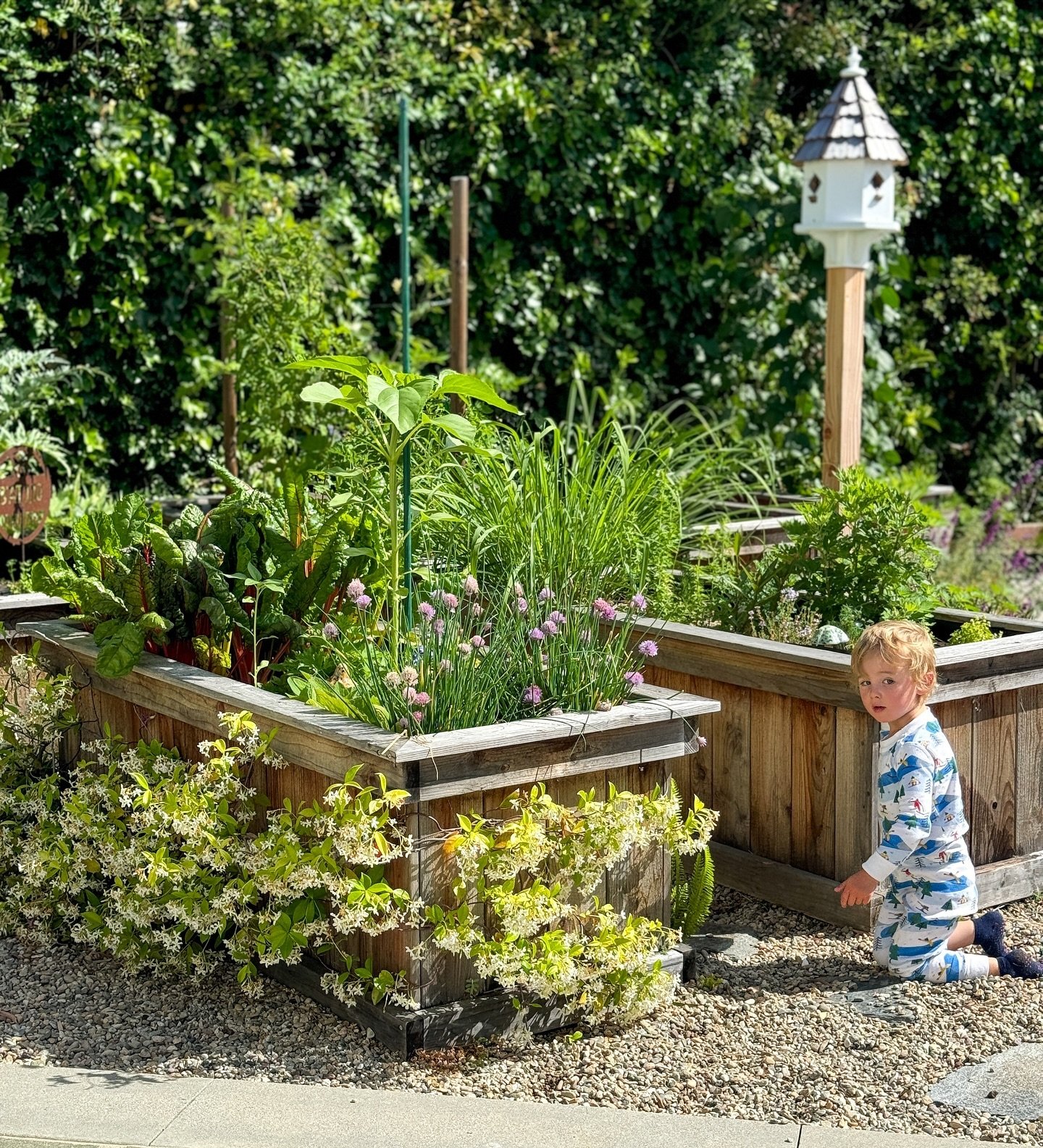
Create a toddler-friendly herb garden using raised beds. These beds should be at the right height, making it easy for little hands to reach the plants. Consider herbs like basil, mint, and chives. They are small and can handle some exploration without getting damaged.
Add gravel pathways between the beds. These pathways help toddlers practice walking and balancing. As they explore, their senses will engage with the textures underfoot. You can also add a birdhouse nearby, inviting birds to visit. This will teach kids about wildlife and how gardens attract different creatures.
Lastly, think about companion planting. Group herbs that grow well together. For example, plant parsley with thyme. Watching how these plants support each other can spark curiosity and lead to discussions about plant relationships!
20 Toddler-Friendly Garden Haven
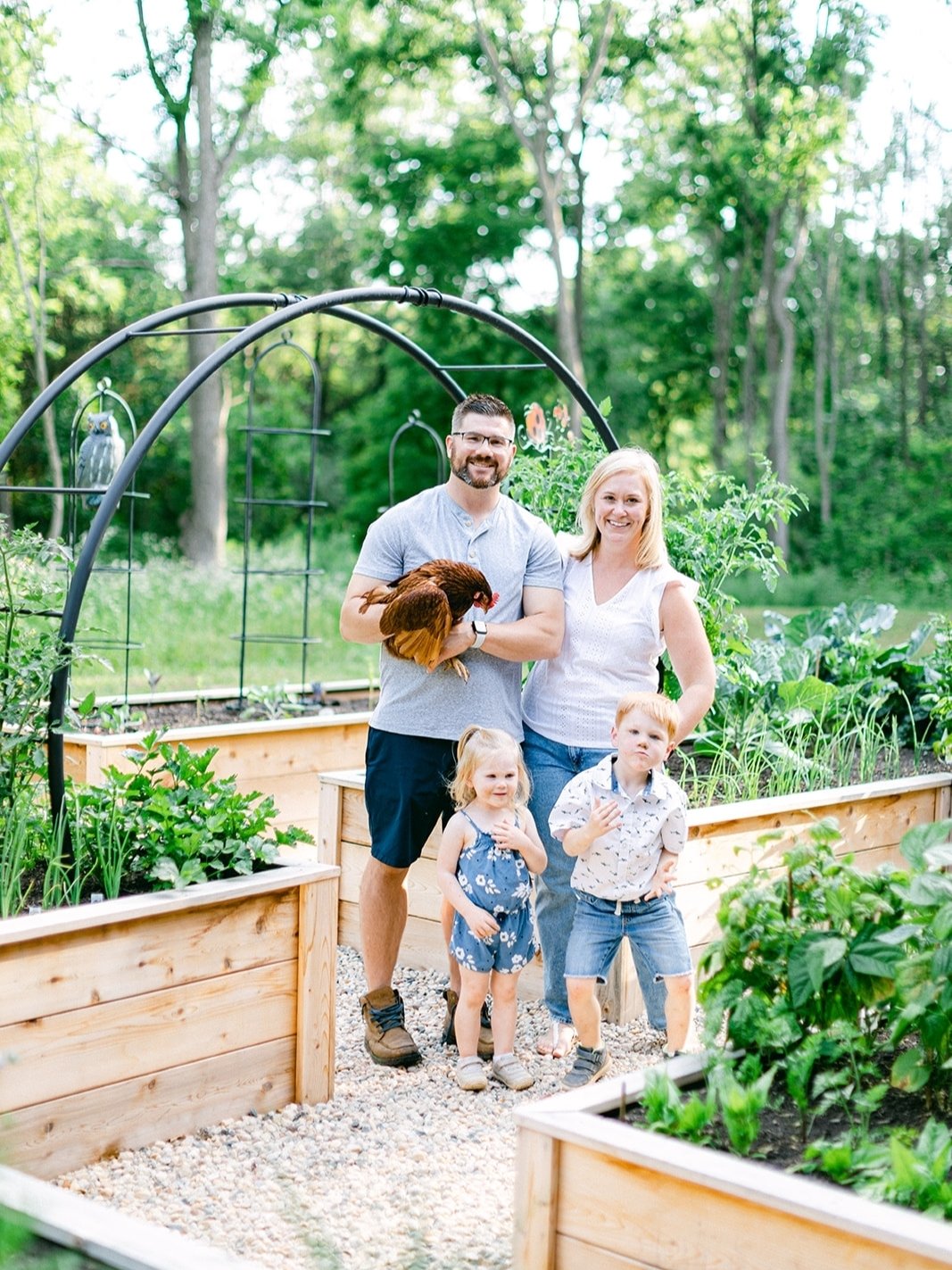
Creating a toddler-friendly garden is a great way for young children to discover nature. Start with raised garden beds. They are perfect for little ones because they keep plants at a height that’s easy to reach. This setup helps kids learn to nurture plants and understand where food comes from.
To keep your garden safe and tidy, use gravel pathways between the beds. These pathways provide a steady place for toddlers to walk and explore. Adding wooden borders can be a cozy spot for kids to sit and take breaks during gardening.
Encourage climbing plants on a pretty garden arch. This not only beautifies your space, but it also shows kids the magic of plants growing upwards. An organized garden layout allows parents and kids to work together while teaching important skills and sharing joyful experiences.
21 Birdwatching for Little Explorers
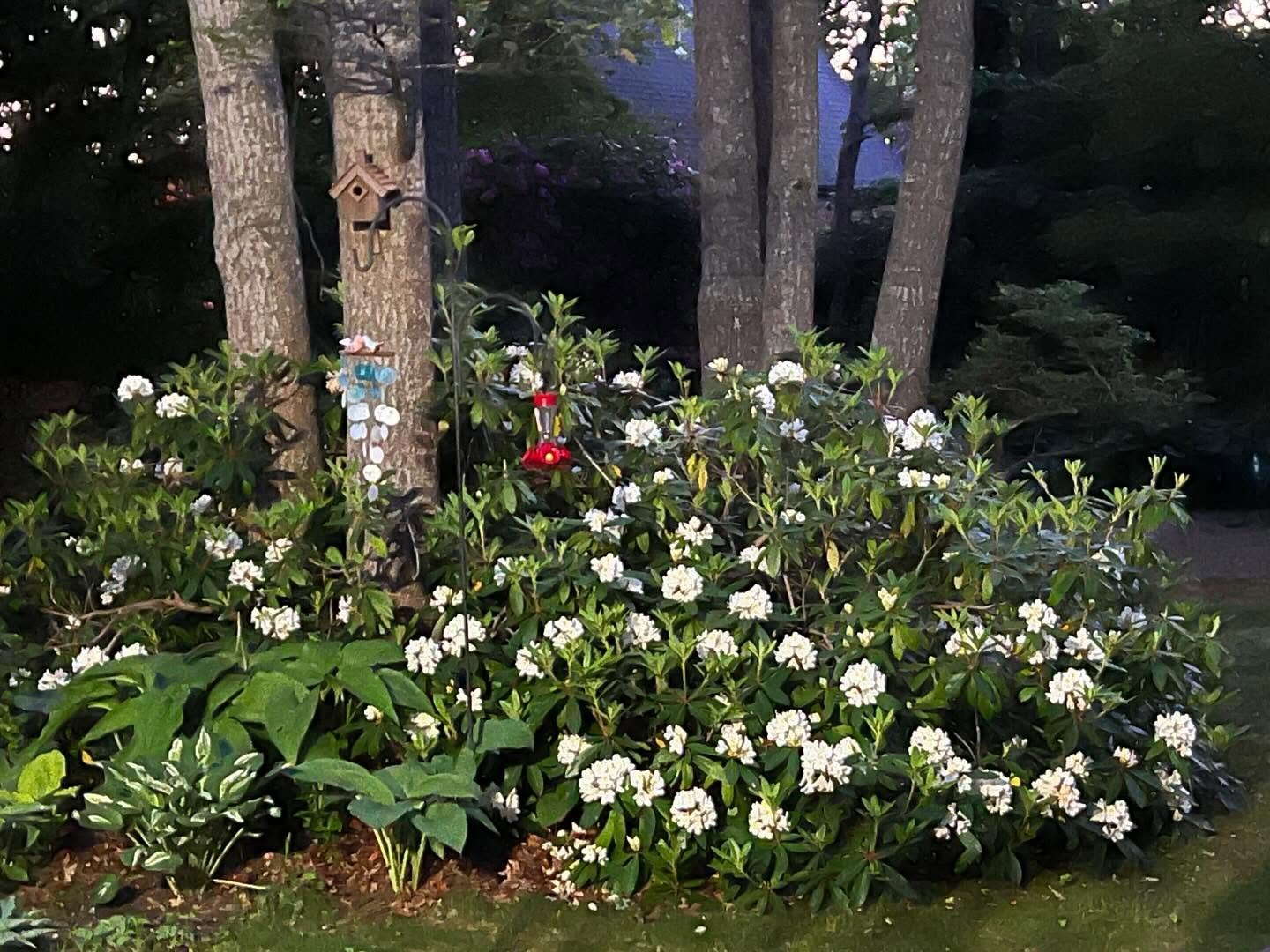
Create a special area in your garden for birdwatching! A small birdhouse can attract colorful birds and let toddlers watch them at eye level. This is a great chance for kids to learn about different bird species and their habits.
Place a hummingbird feeder low enough for little ones to see. Watching fast-flying hummingbirds up close creates unforgettable moments. Encourage your child to use binoculars for a better view; it teaches patience and careful observation.
Add some white flowering shrubs to help colorful birds stand out against the bright flowers. This makes spotting birds easier and adds beauty to the garden. Your little explorer will love observing nature and learning about wildlife!
22 Interactive Pollinator Garden
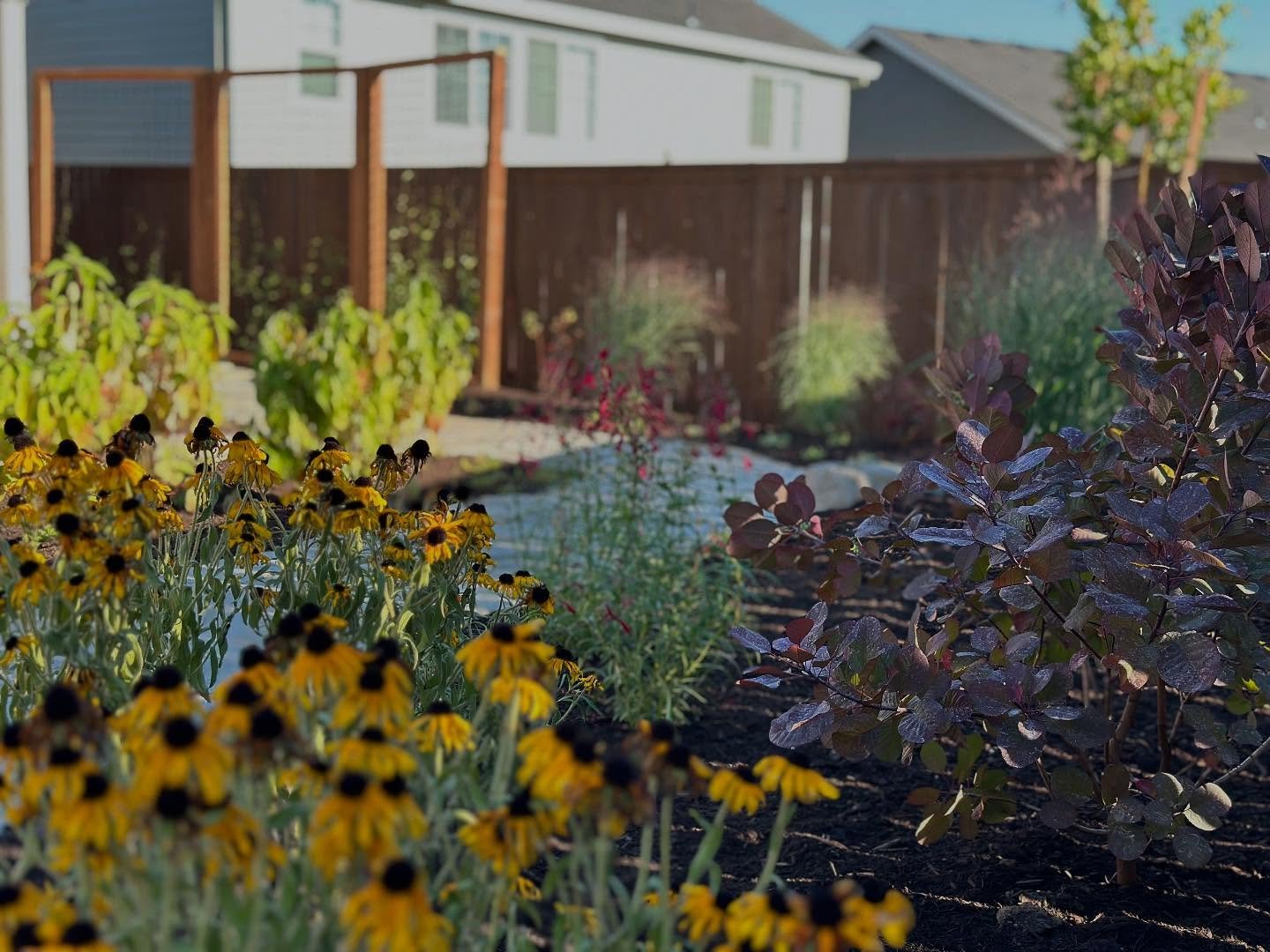
Create a colorful interactive pollinator garden that sparks curiosity in toddlers. Choose native plants like black-eyed Susans and purple coneflowers. These plants attract butterflies and bees, allowing kids to watch nature up close.
Select flowers that bloom at different times throughout the seasons. This way, toddlers can learn about seasonal changes and plant life cycles all year long. Consider adding wooden trellises for climbing plants, which also makes the garden more engaging for little ones.
Design open pathways to encourage exploration but keep sight lines clear so parents can supervise safely. With these elements, your garden will become a fun, interactive classroom for your child!
23 Sensory Musical Entrance
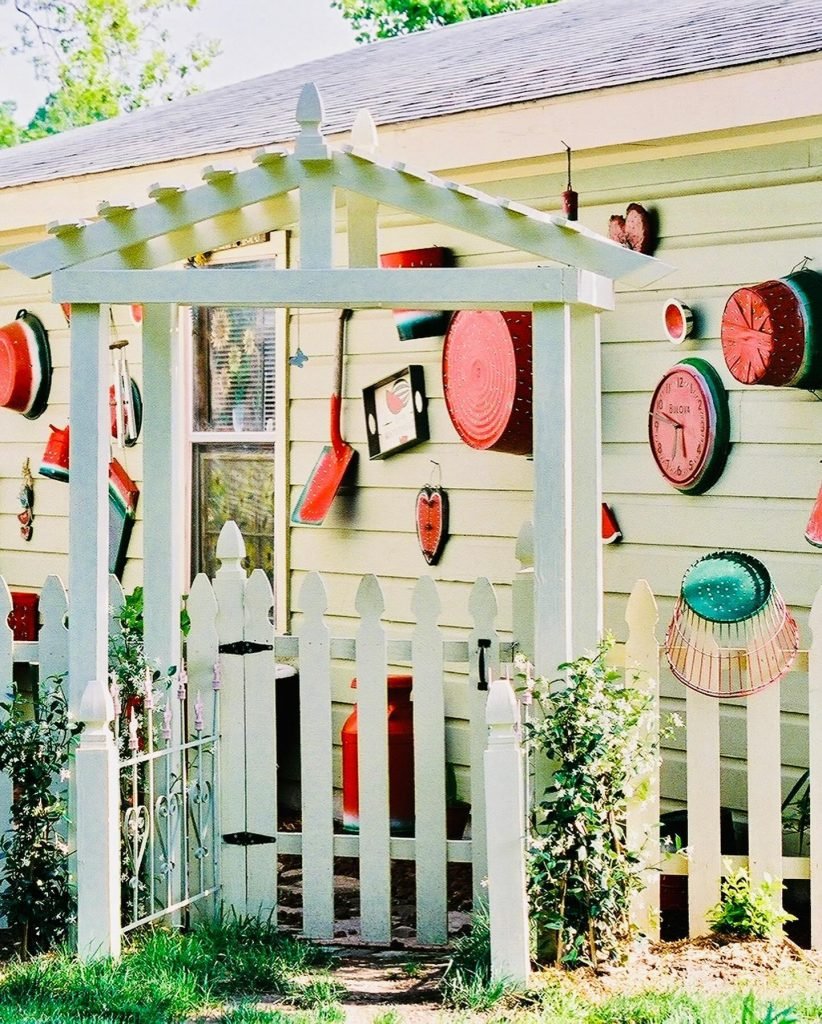
Create a sensory musical entrance to spark joy and creativity in your toddler’s garden! Start with a colorful arch made from a simple pergola structure. Decorate it with bright, recycled musical instruments like tambourines and xylophones. These can be easily hung at toddler height, ready for little hands to grab and explore.
Add some pot lids, wooden spoons, and old pots around the entrance to create unique sounds. Each item can produce different tones, encouraging your child to experiment with rhythm and music. This playful setup not only looks inviting but also helps toddlers develop their auditory skills while having fun. Plus, it’s easy for parents to watch the fun unfold!
24 Sunflower Sensory Exploration Trail
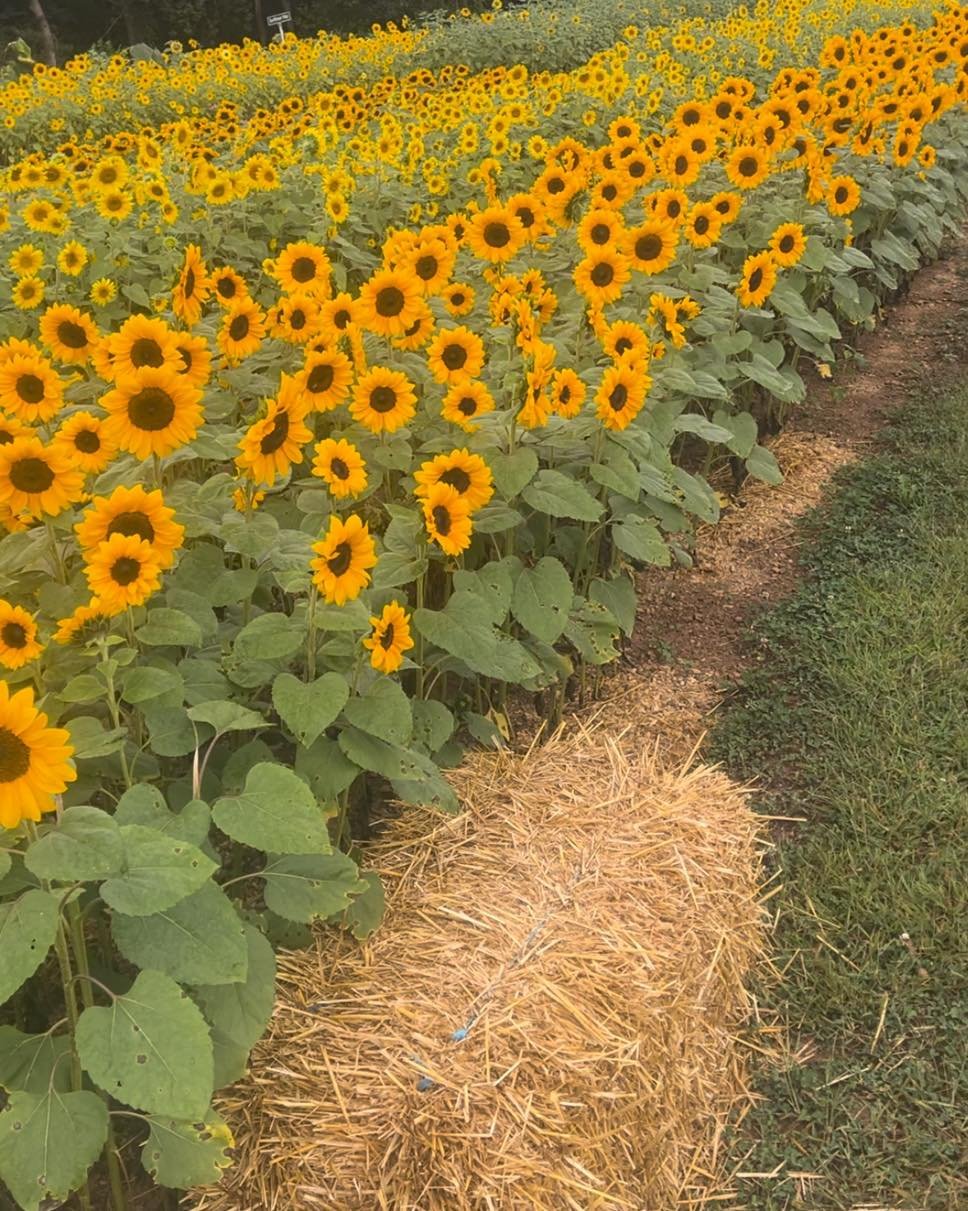
Create an exciting Sunflower Sensory Exploration Trail in your garden for toddlers to enjoy. Start by planting sunflowers in a straight line or curve, making a fun path for little ones to walk along. The tall sunflowers provide a natural “roof” that can make them feel adventurous as they explore.
As toddlers walk, they can feel the soft straw under their feet and the rough sunflower stems. Encourage them to compare their heights to the sunflowers’—watching them grow is a fun lesson in how living things change over time!
Use the bright flower heads to teach about colors and patterns. Kids can spot bees and butterflies visiting the flowers, opening discussions about pollination. At the end of the season, let children harvest seeds to learn about food production and prepare for future planting projects. This trail combines fun, learning, and a chance to connect with nature!
25 Whimsical Garden Bus Adventure
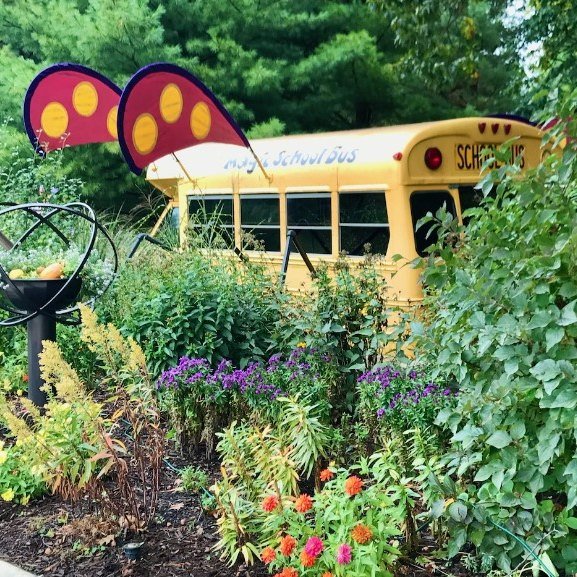
Transforming an old school bus into a vibrant garden feature sparks imagination and teaches kids about sustainability. Paint the bus in bright colors and add fun designs like butterflies or flowers to engage toddlers’ curiosity.
Surround the bus with flower beds full of purple and orange blooms. These plants attract butterflies and bees, creating a fantastic opportunity for kids to learn about pollination by observing insects in action. This hands-on experience can help toddlers appreciate the importance of nature.
Use the bus as a cozy space to explore different plants. It provides shade for delicate flowers and helps create a unique microclimate. Set up a small table and chairs inside for kids to enjoy planting activities. This combination of play and learning makes gardening exciting and fun!
26 Toddler-Friendly Citrus Garden
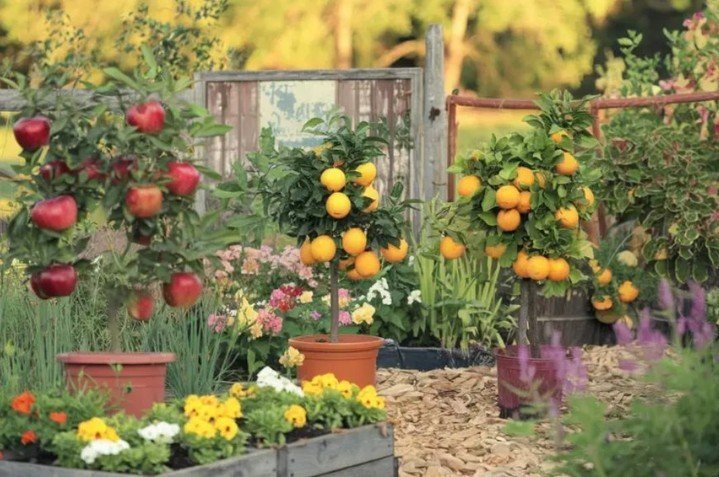
Creating a toddler-friendly citrus garden can be a fun and educational experience! Use small, child-sized containers to plant dwarf citrus trees like lemons, limes, or oranges. These vibrant fruits in yellow and green colors will truly catch your child’s eye.
Set up a wood chip pathway that allows little ones to explore easily. This soft surface keeps their knees safe as they wander from one pot to another. Encourage them to observe the fruit grow from flowers to ripe fruit, teaching them about patience and the joy of gardening.
Plant some companion flowers around the citrus trees. Marigolds or nasturtiums attract helpful insects while showing kids the importance of pollination. This mini-ecosystem provides a real-life lesson on how plants work together.
27 Nature-Inspired Toddler Play Zone

Create a nature-inspired toddler play zone in your backyard to spark imagination and curiosity. Use native plants that are safe for little explorers. Choose colorful ones with interesting textures, like bold leaves or sturdy stems, so toddlers can touch and learn without worry.
Design winding stone pathways that invite kids to discover hidden corners. These paths help improve their navigation skills while providing new experiences. Add repurposed logs as both seating and climbing structures. This not only encourages active play but also teaches kids about using sustainable materials in a fun way.
Include a cozy fire pit area where families can gather. Here, parents can supervise cooking while kids experience natural materials. Make sure every element is both fun and safe, creating a magical environment that toddlers will love.
28 Enchanting Garden Exploration
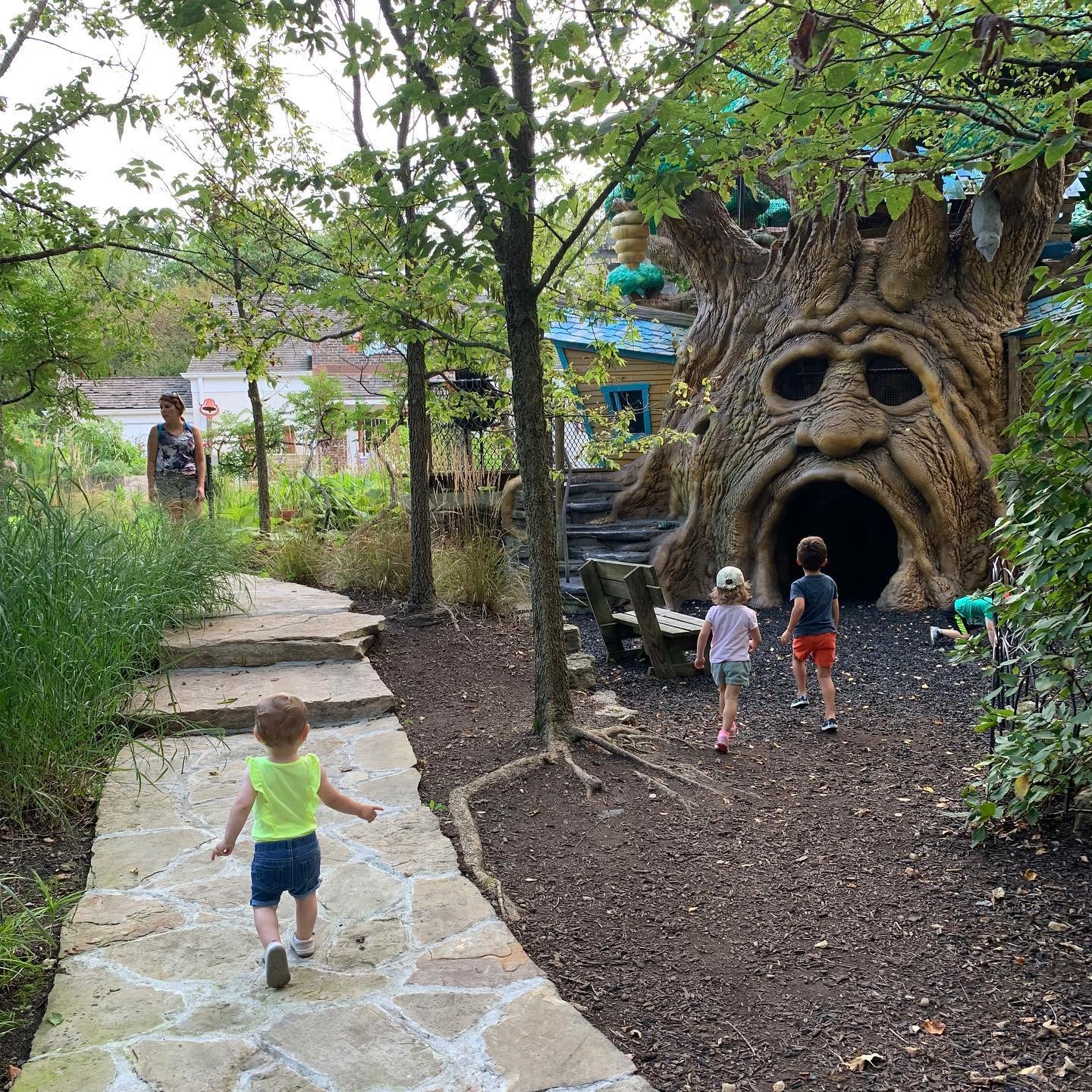
Create an enchanting garden path with whimsical features that spark imagination. Add tree faces or colorful stepping stones to turn a simple walk into an exciting adventure. Children will love discovering fun surprises along the way, encouraging them to explore and play.
Use a natural stone pathway to guide little adventurers safely through the garden. This not only helps them balance and walk confidently, but it also promotes coordination as they navigate the varied terrain.
Design your garden with interactive spaces so kids can play together. Include areas for digging, planting, or simply enjoying nature. Make sure to have spots where adults can supervise the fun while allowing kids to feel independent and brave in their exploring.
29 Nature-Inspired Play Spaces
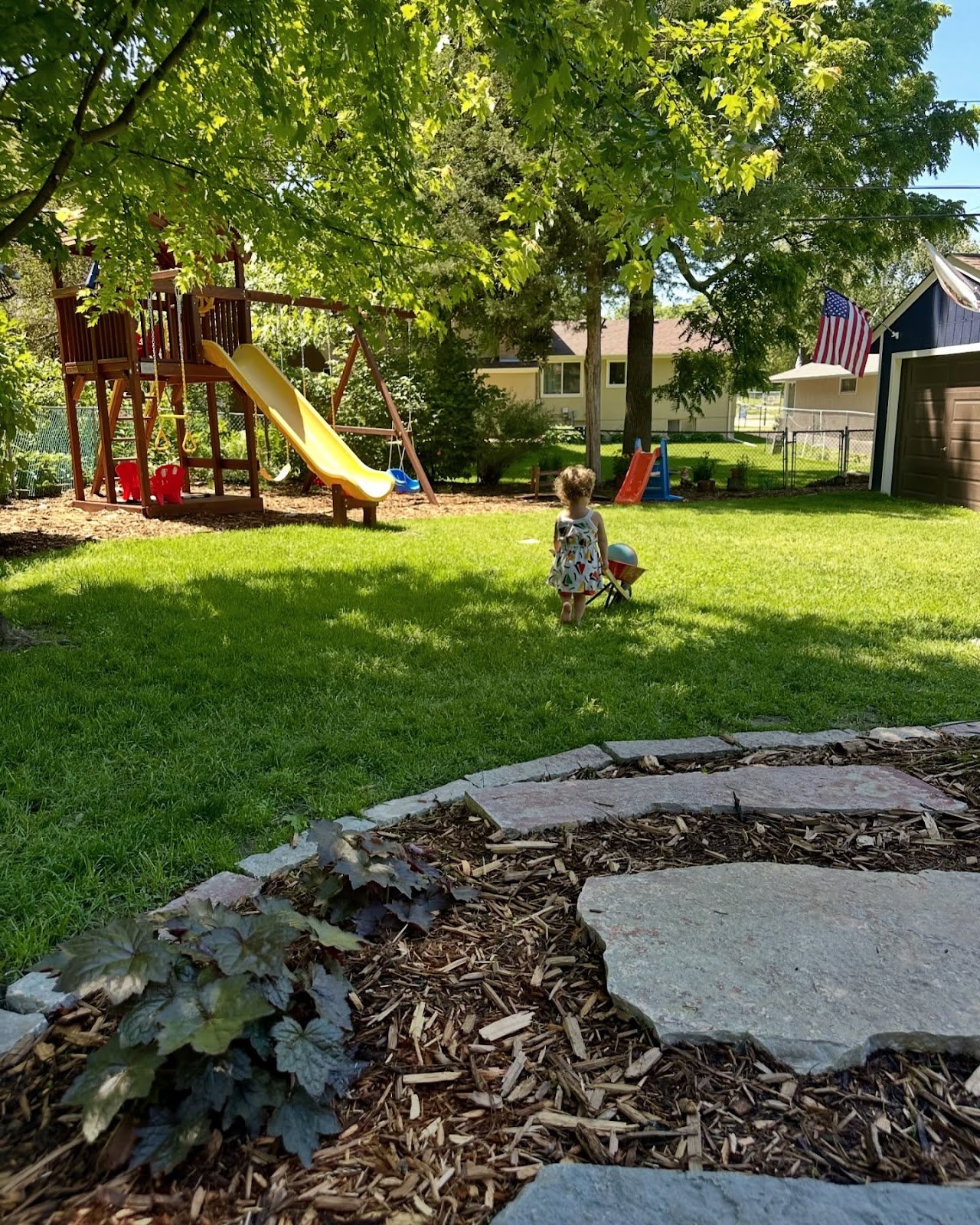
Nature-inspired play spaces blend fun and learning through nature. Use stepping stones to create a path that connects play areas and garden beds. This helps toddlers explore both energetic play and calm gardening activities with ease.
Surround swings and slides with colorful plants that have interesting textures. Sensory experiences like rough leaves or soft petals can engage kids during play breaks.
Provide child-sized tools nearby, allowing toddlers to switch from playing to helping in the garden. With mature trees providing shade, kids can enjoy outdoor fun comfortably, creating a perfect balance for adventurous play and peaceful exploration.
30 Custom Toddler Garden Planter
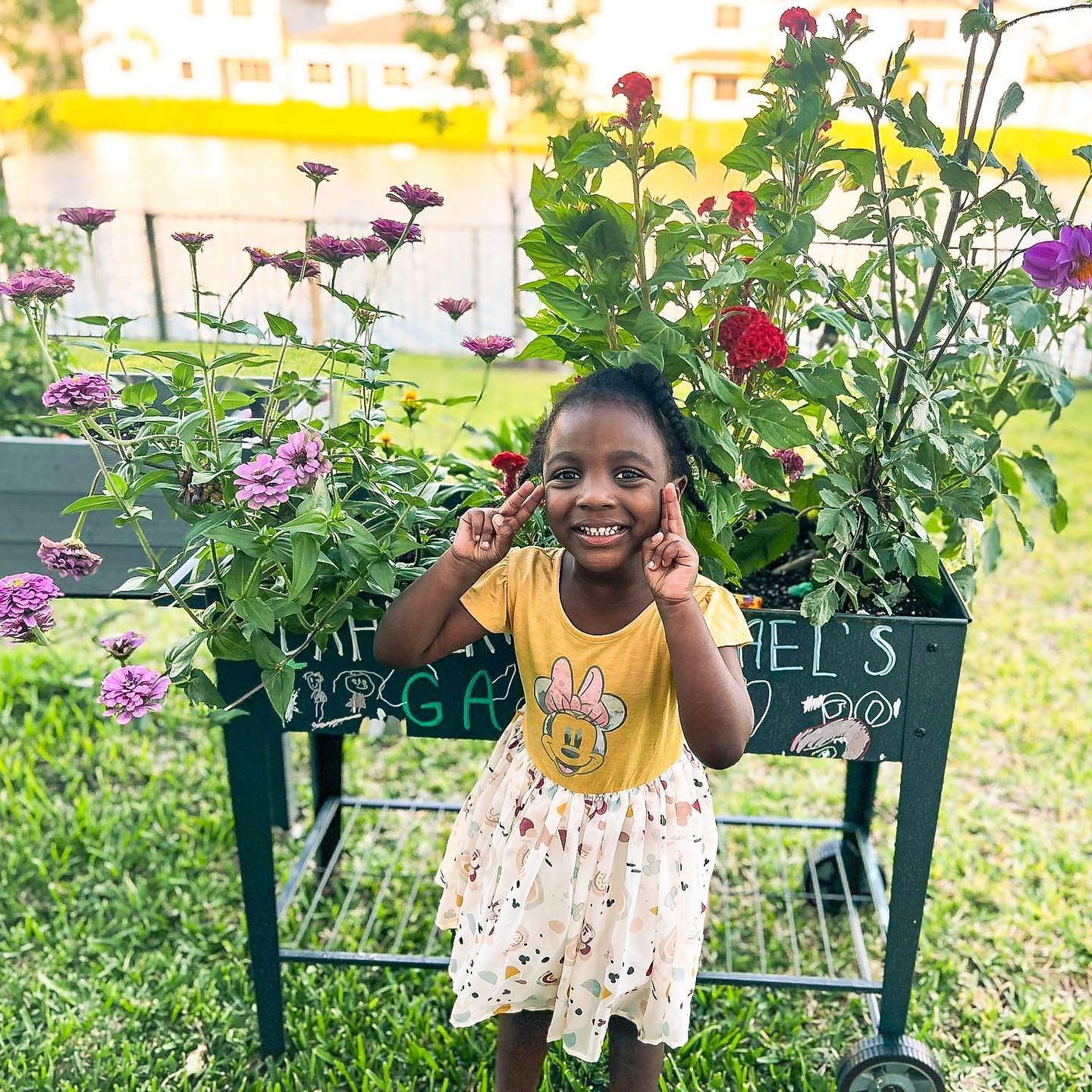
Creating a custom toddler garden planter is a fun way to engage kids in gardening. Start by selecting a small wooden or plastic planter. Paint it in bright colors and add your child’s name to make it special. This personal touch encourages a sense of ownership and pride in their gardening skills.
Choose easy-to-grow plants like sunflowers, marigolds, or herbs. These plants can attract butterflies and bees, sparking wonder in your little gardener. Position the planter where your child can reach and see it easily, turning daily care into a fun learning experience.
Use this space to teach about plant growth and the importance of nurturing living things. Kids can water, weed, and watch their plants thrive, fostering responsibility and a love for nature.
31 Enchanted Garden Adventures

Create a magical experience in your garden with enchanting elements that spark curiosity. Place fairy figurines in hidden spots to inspire exploration. These delicate decorations encourage your little ones to walk gently and foster respect for nature.
Add a colorful flower cottage as a centerpiece. Its tiny windows can inspire storytelling and imaginative play, making garden time more exciting. Use child-safe materials for vibrant pathways that help teach colors and design concepts.
Introduce different levels with mini bridges and water features to enhance the adventure. Real plants surrounding these whimsical creations connect children’s imagination with nature, showing them that magic and science go hand in hand.
32 Whimsical Garden Cottage Retreat

Transform your garden into a whimsical cottage retreat that sparks creativity and play for toddlers. Create a mini cottage using natural materials like wood and stone to blend seamlessly with the garden. Design a tiny door and windows just for little hands to peek through, inspiring imaginative adventures.
Add a pebble pathway leading up to the door. Kids can not only explore but also develop fine motor skills as they move and rearrange the stones into fun shapes. Surround the cottage with colorful flowers and plants to teach kids about nature’s beauty and the care that goes into maintaining it. They will love watching the plants grow and change with the seasons!






